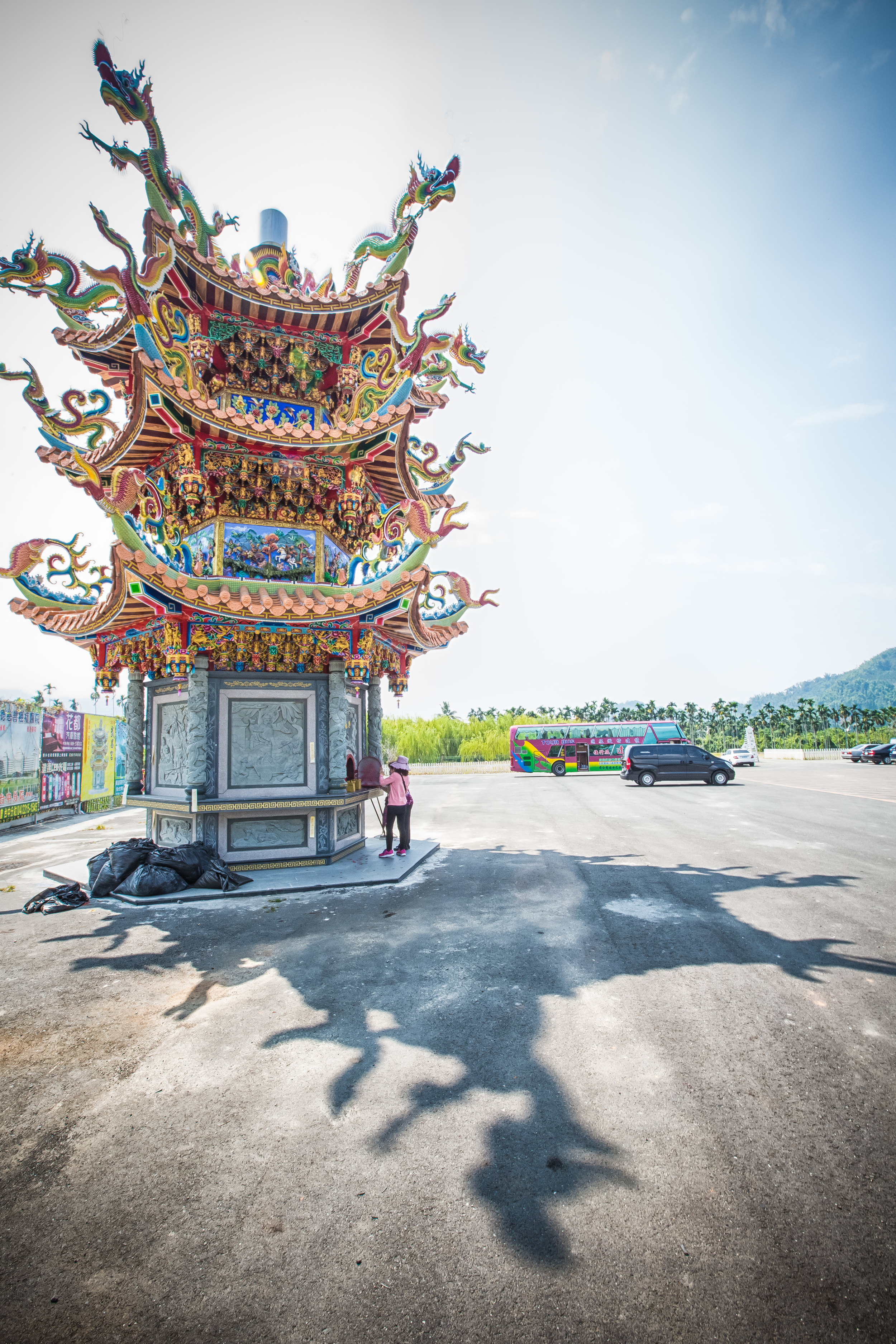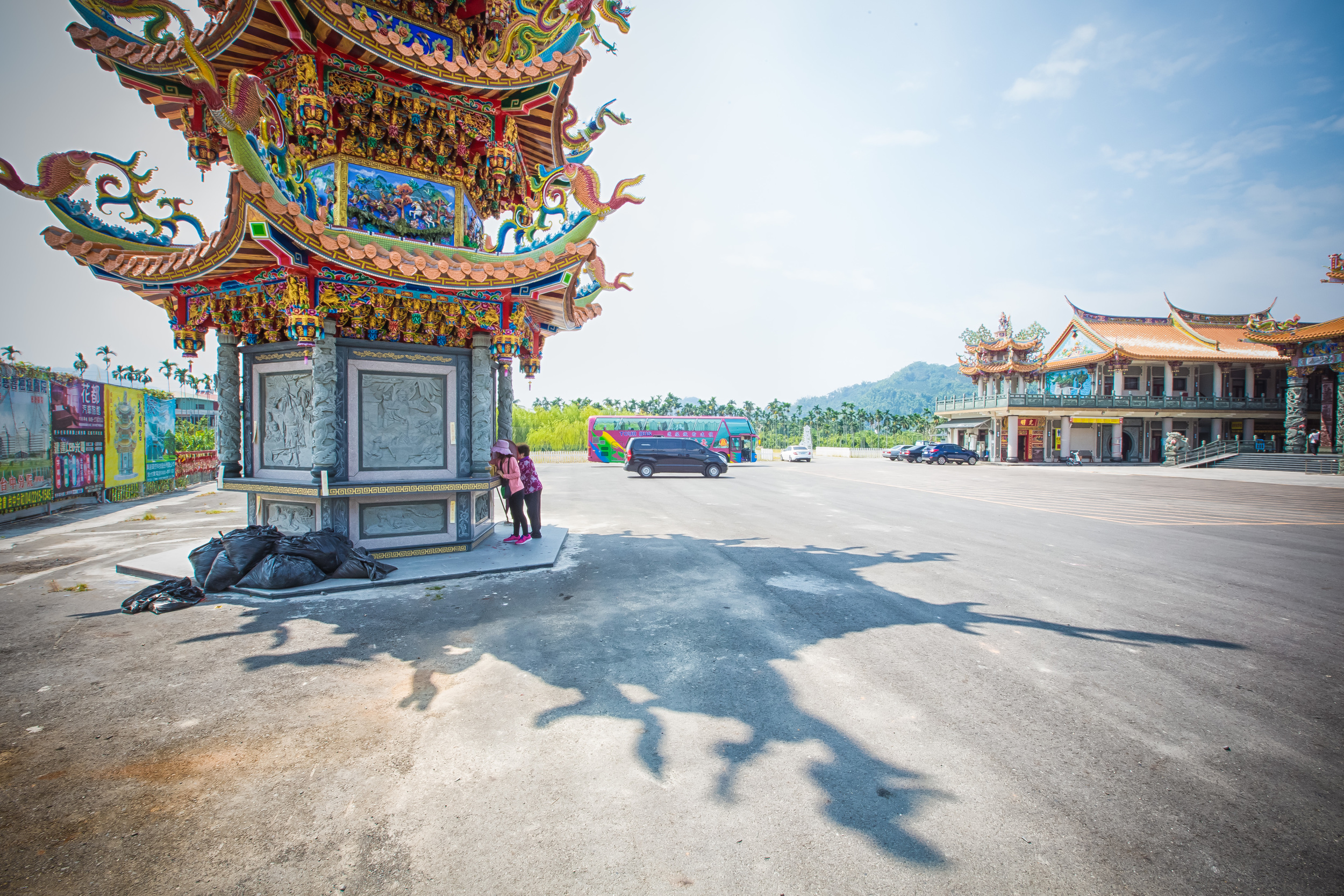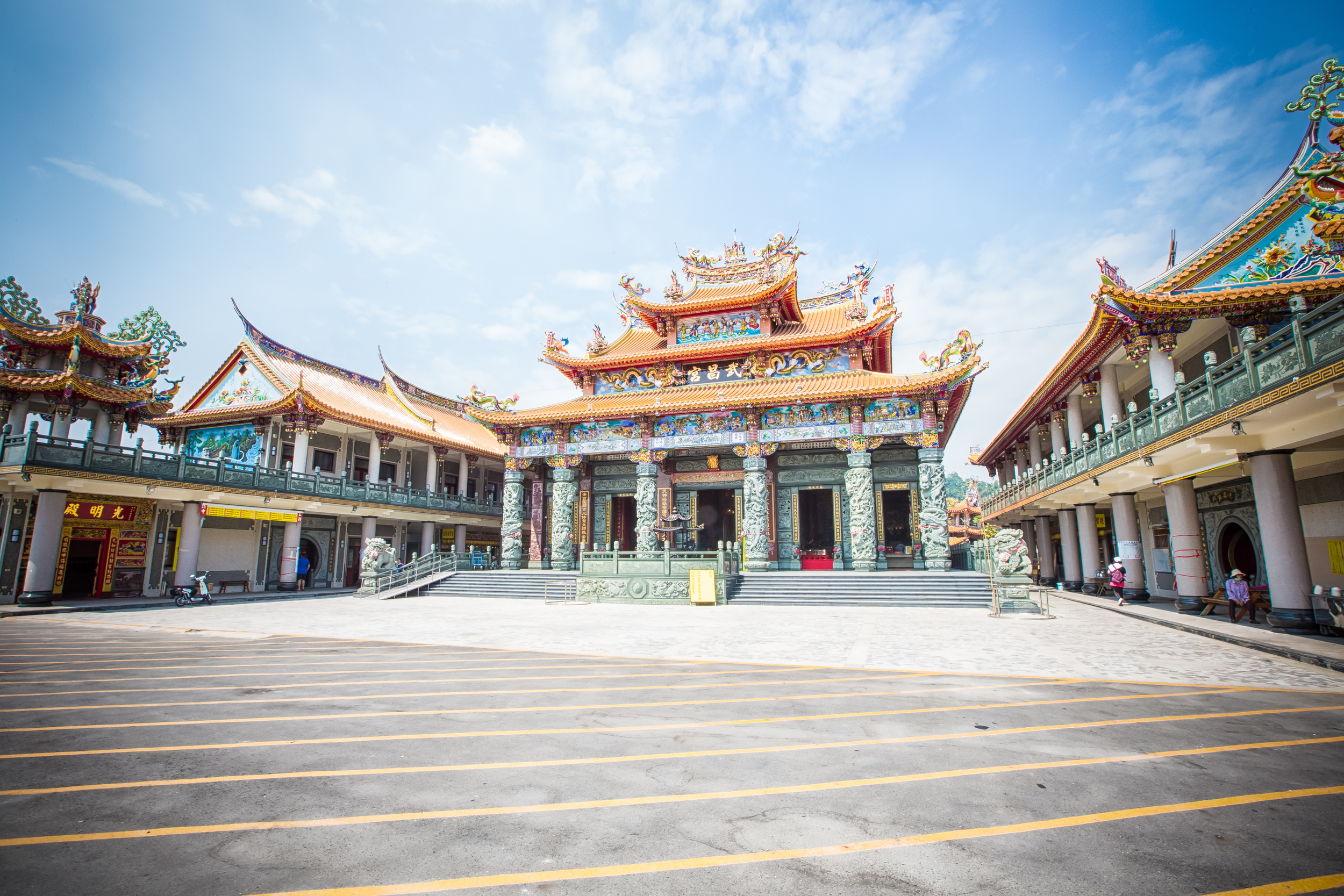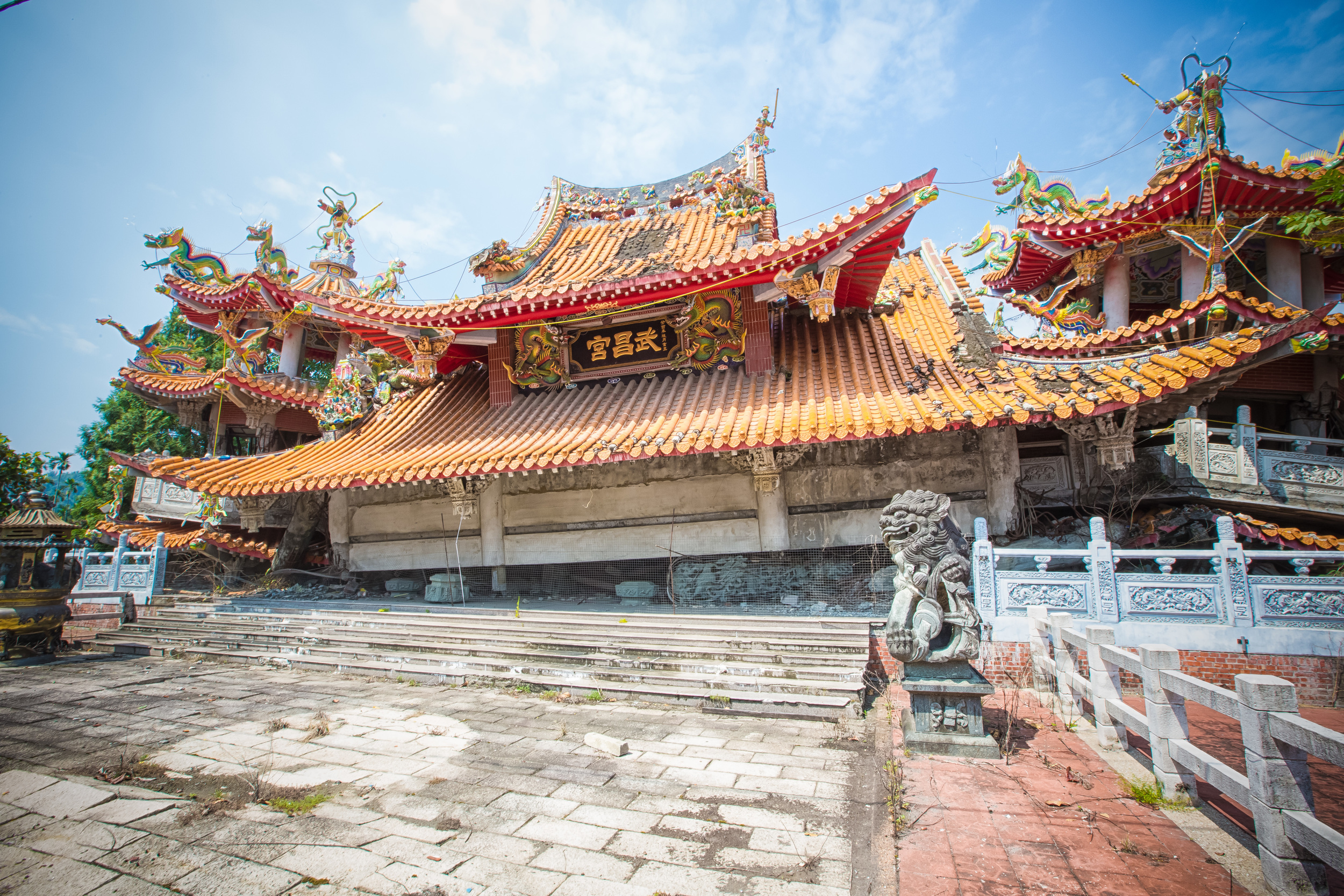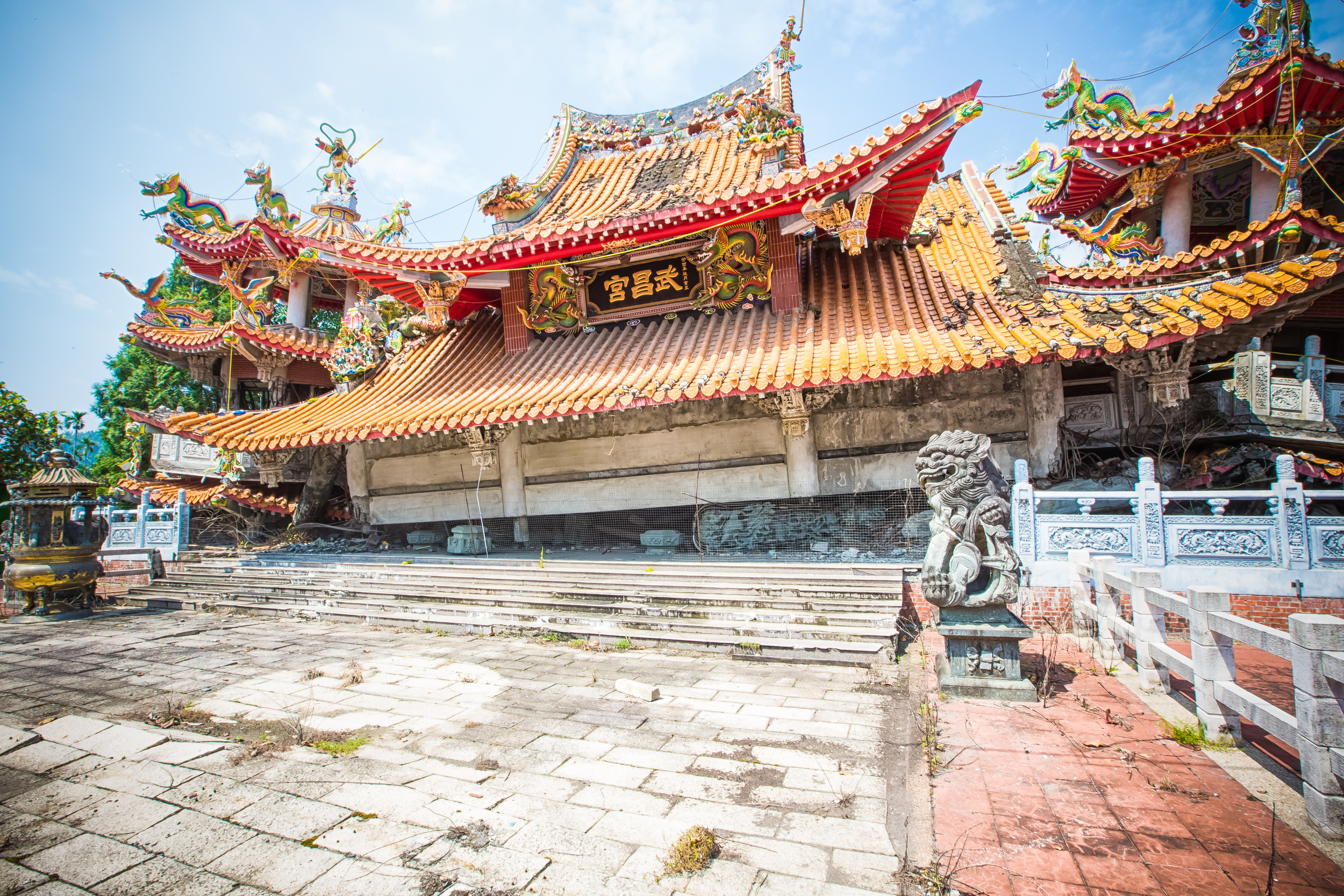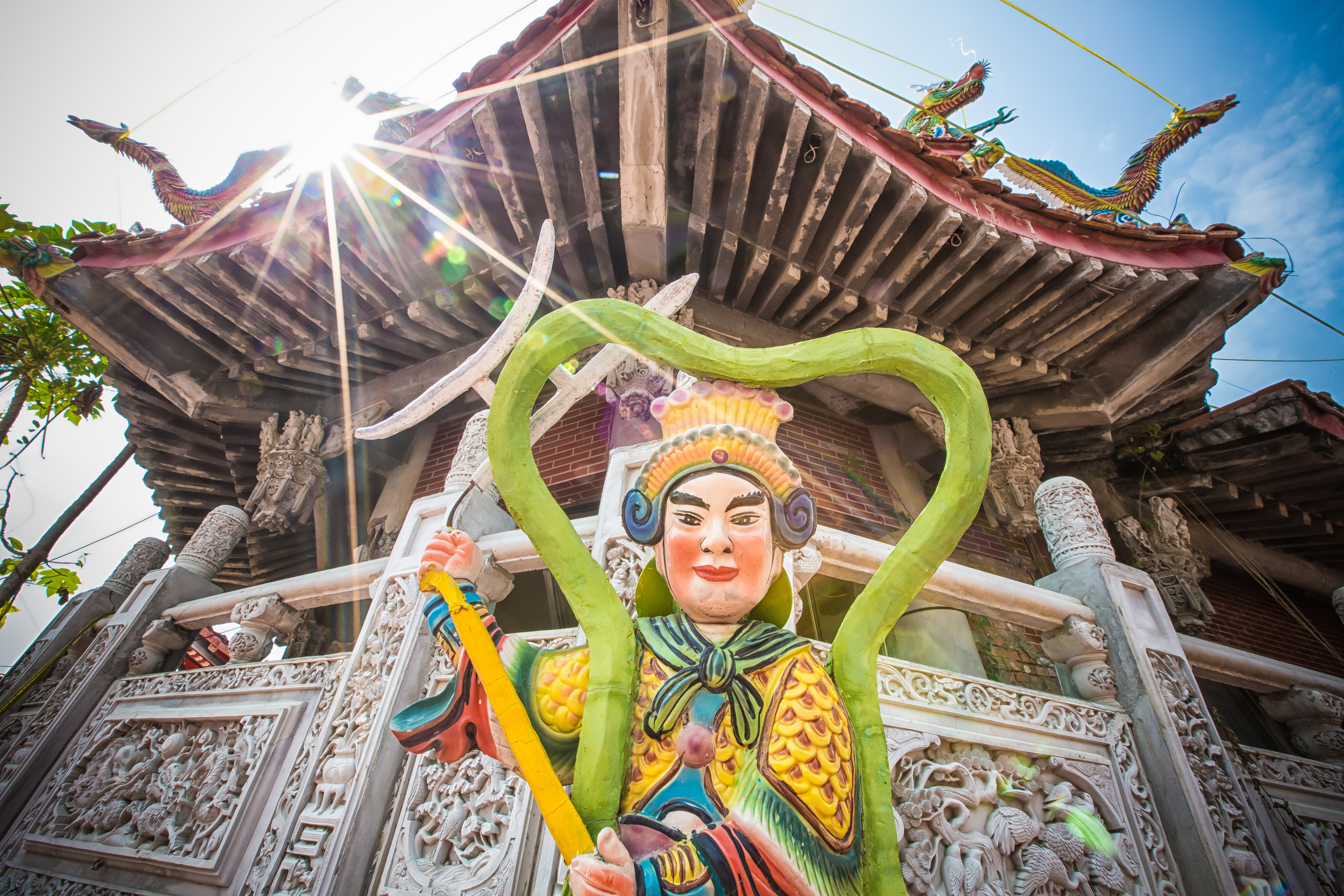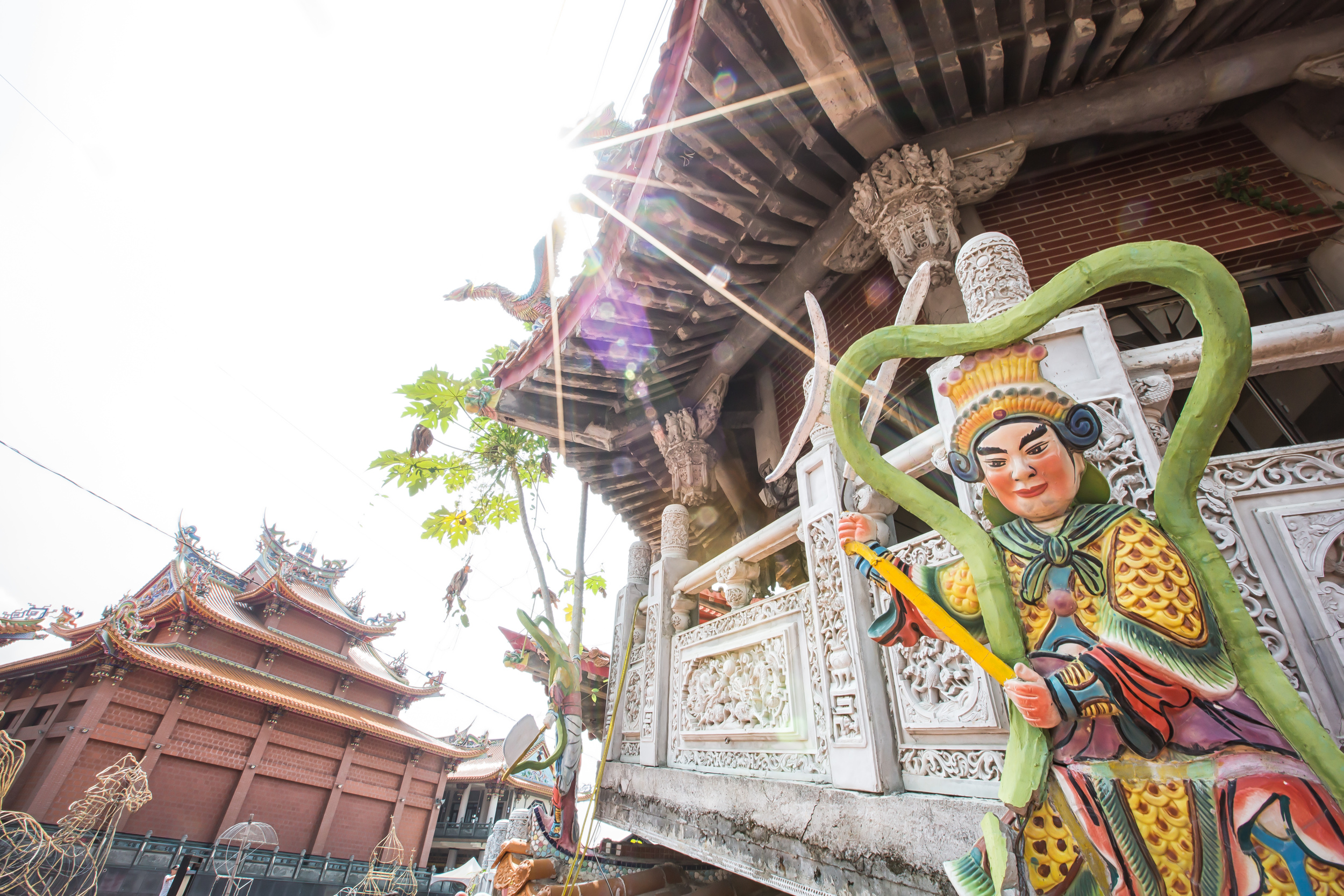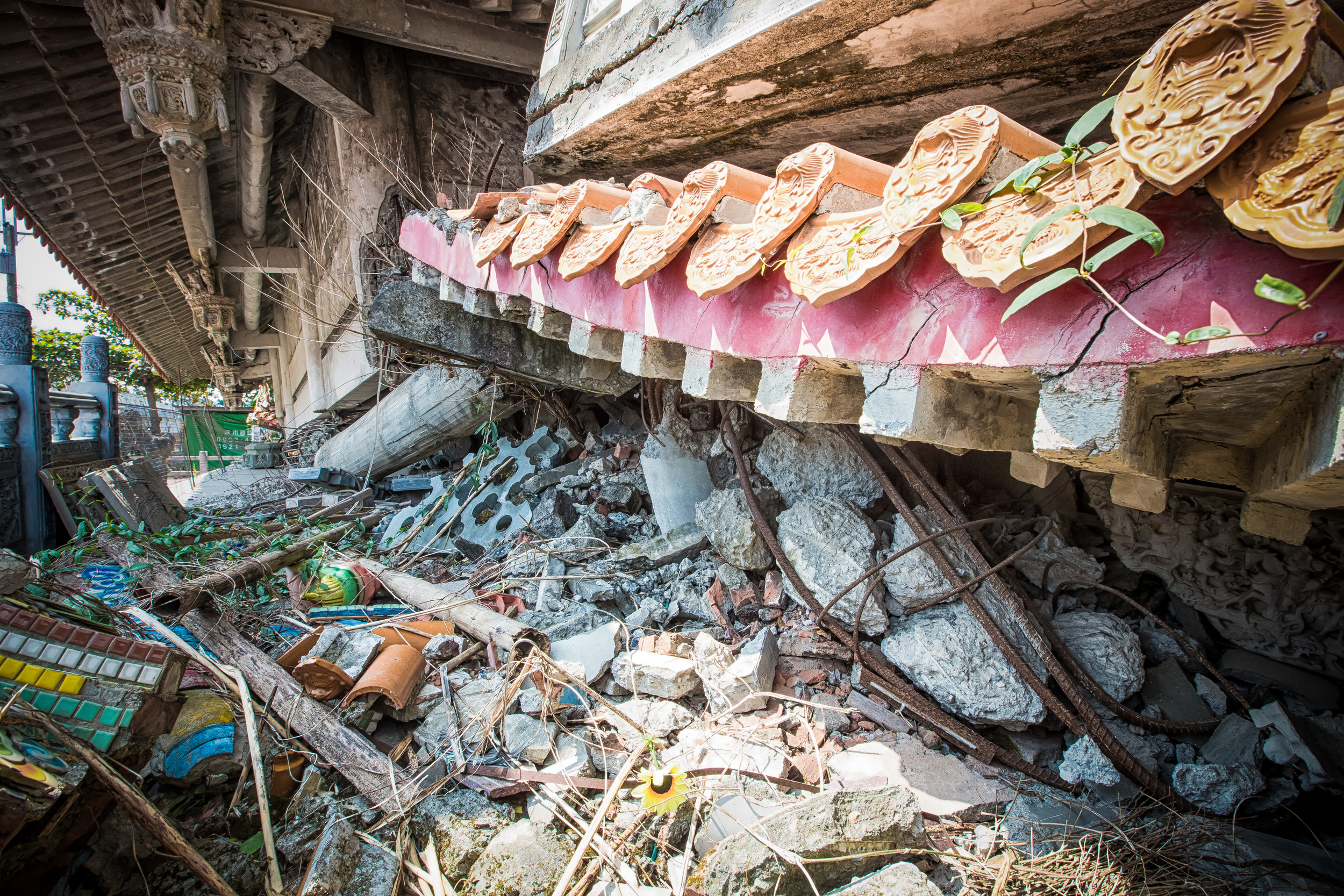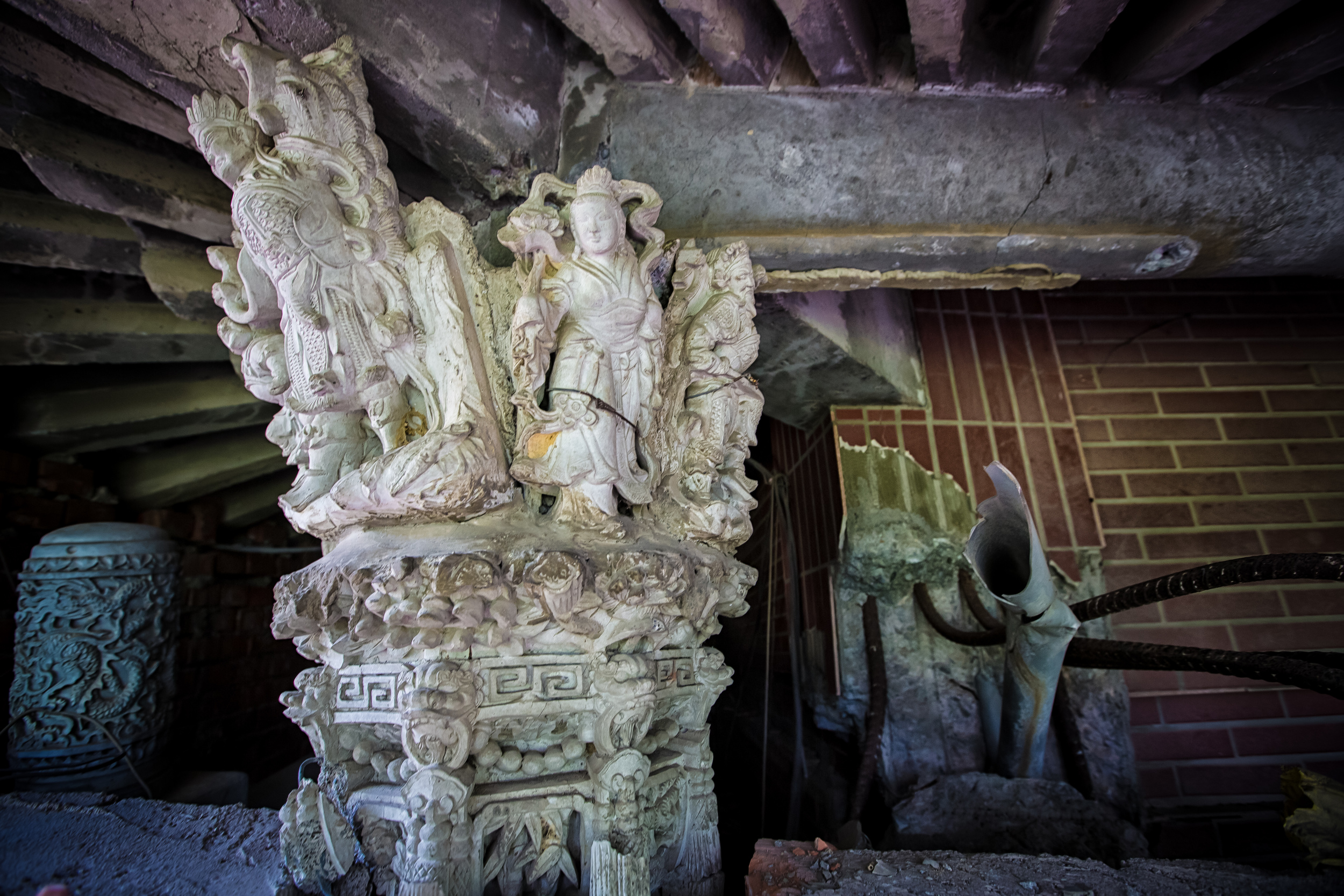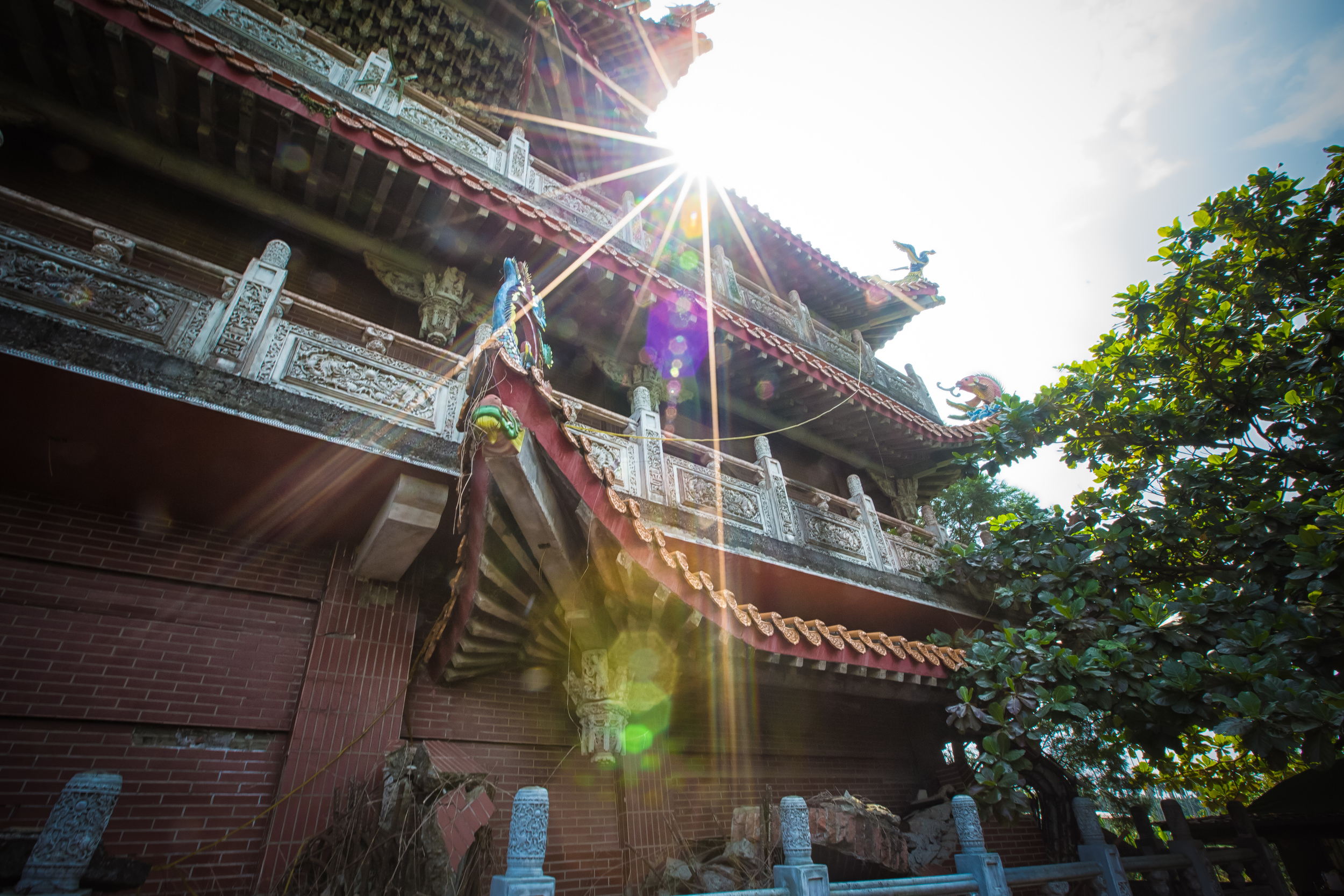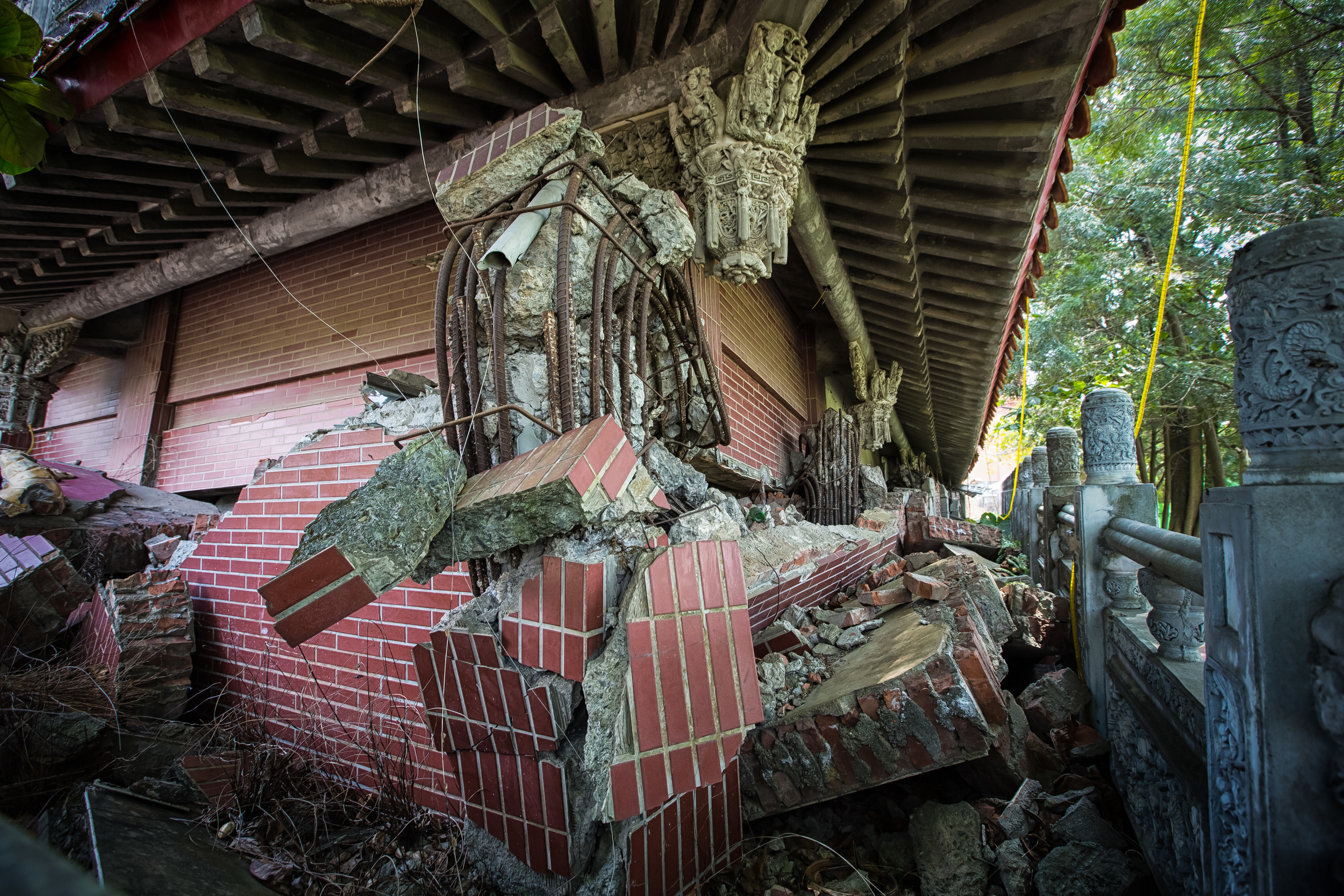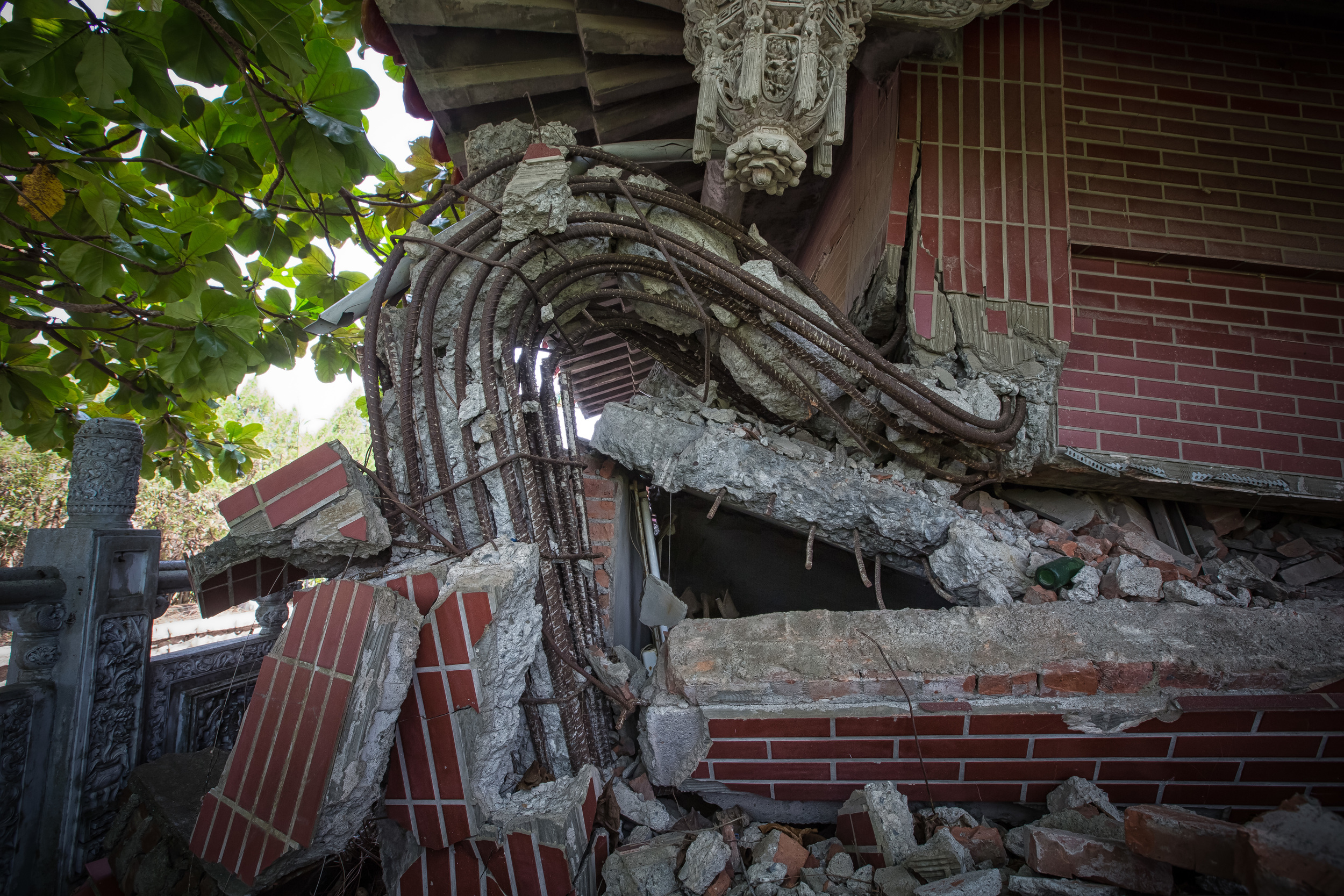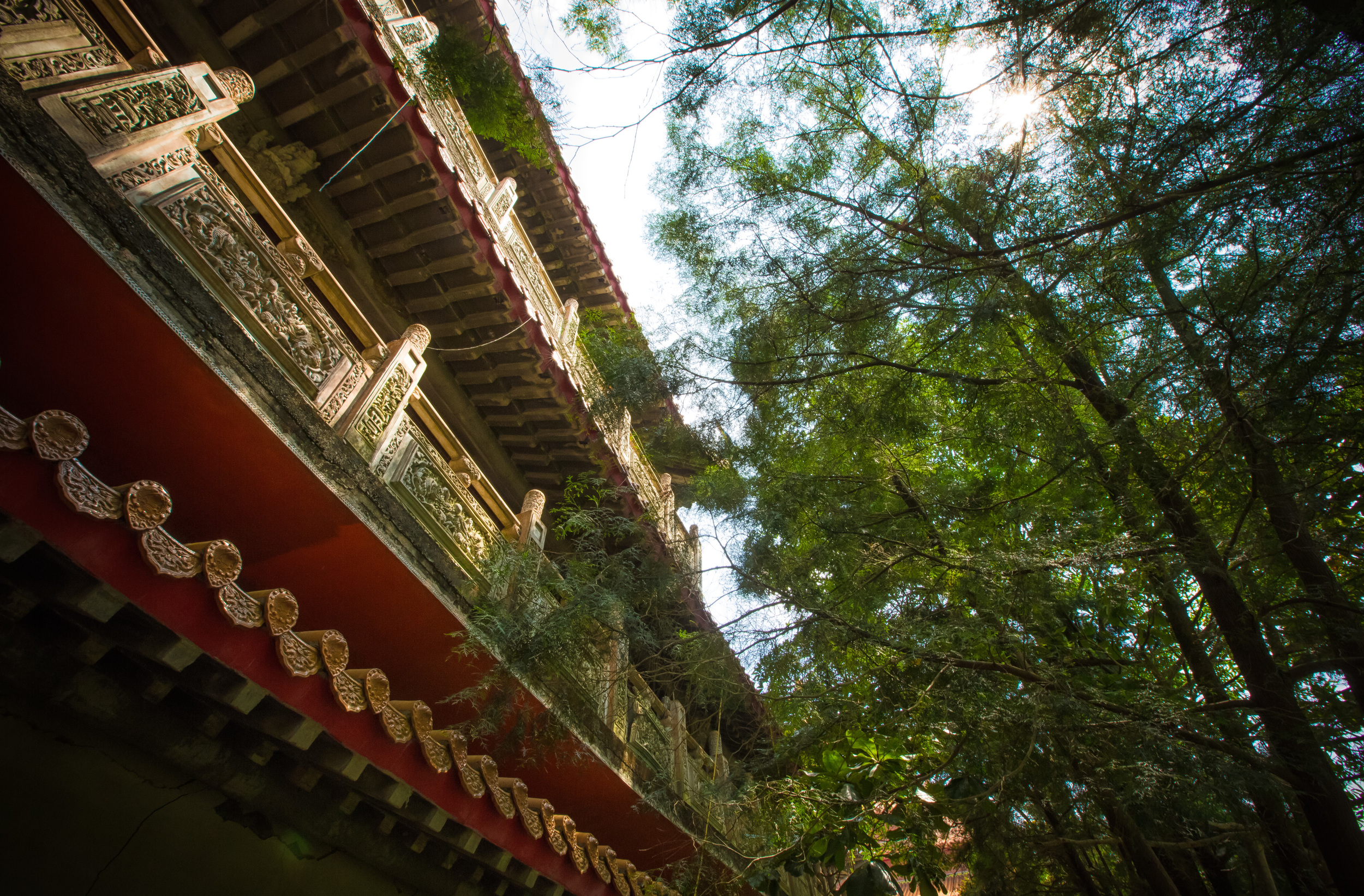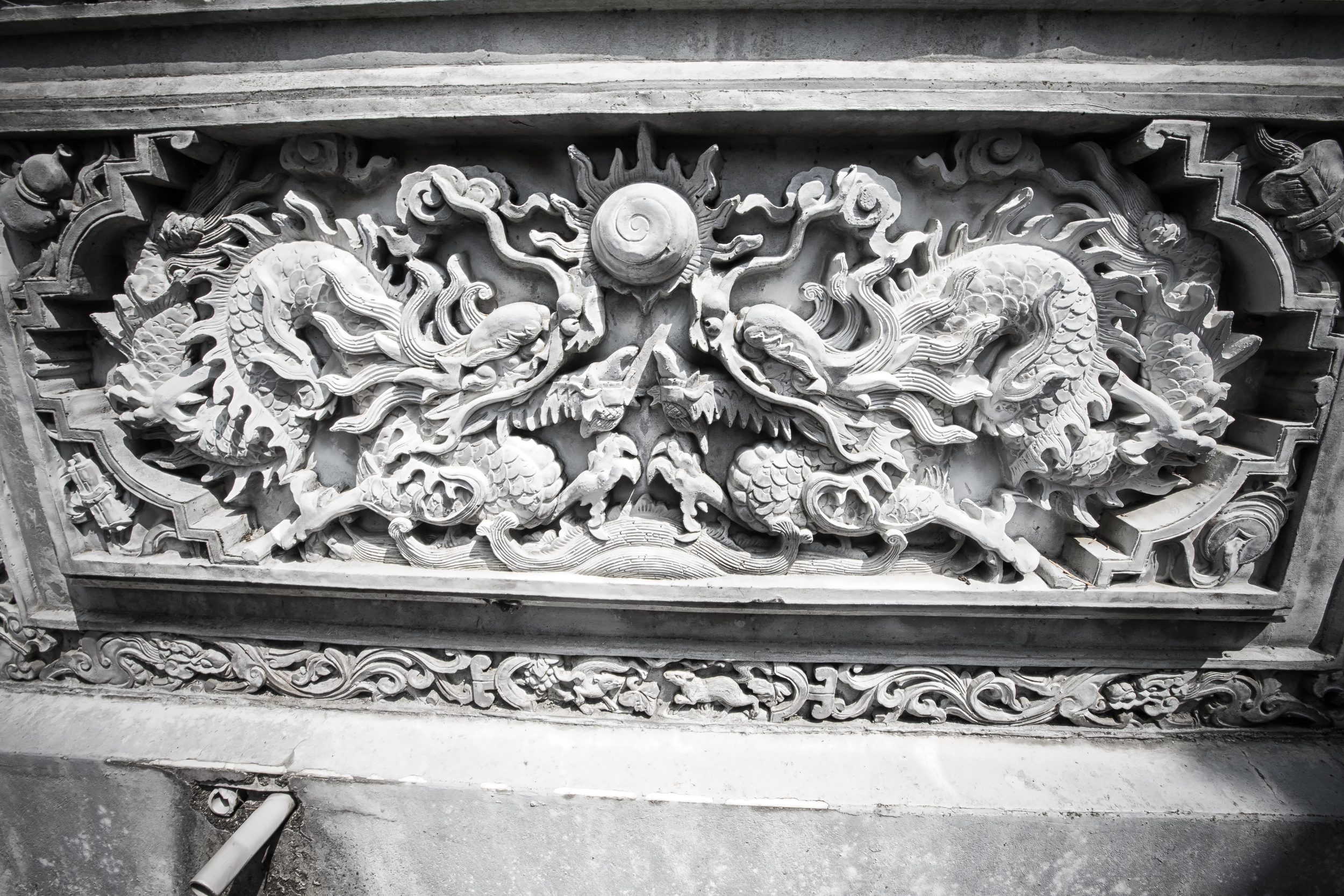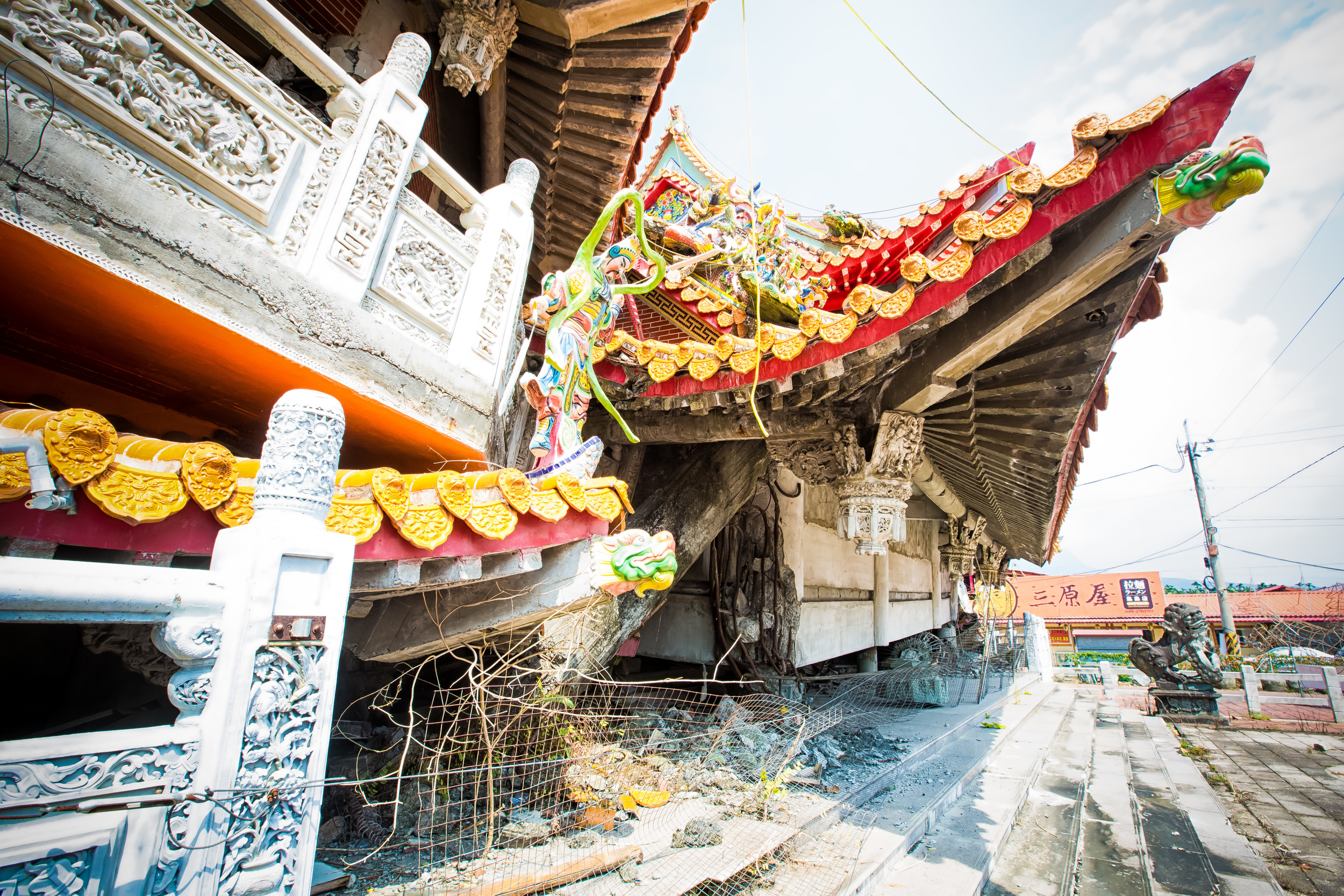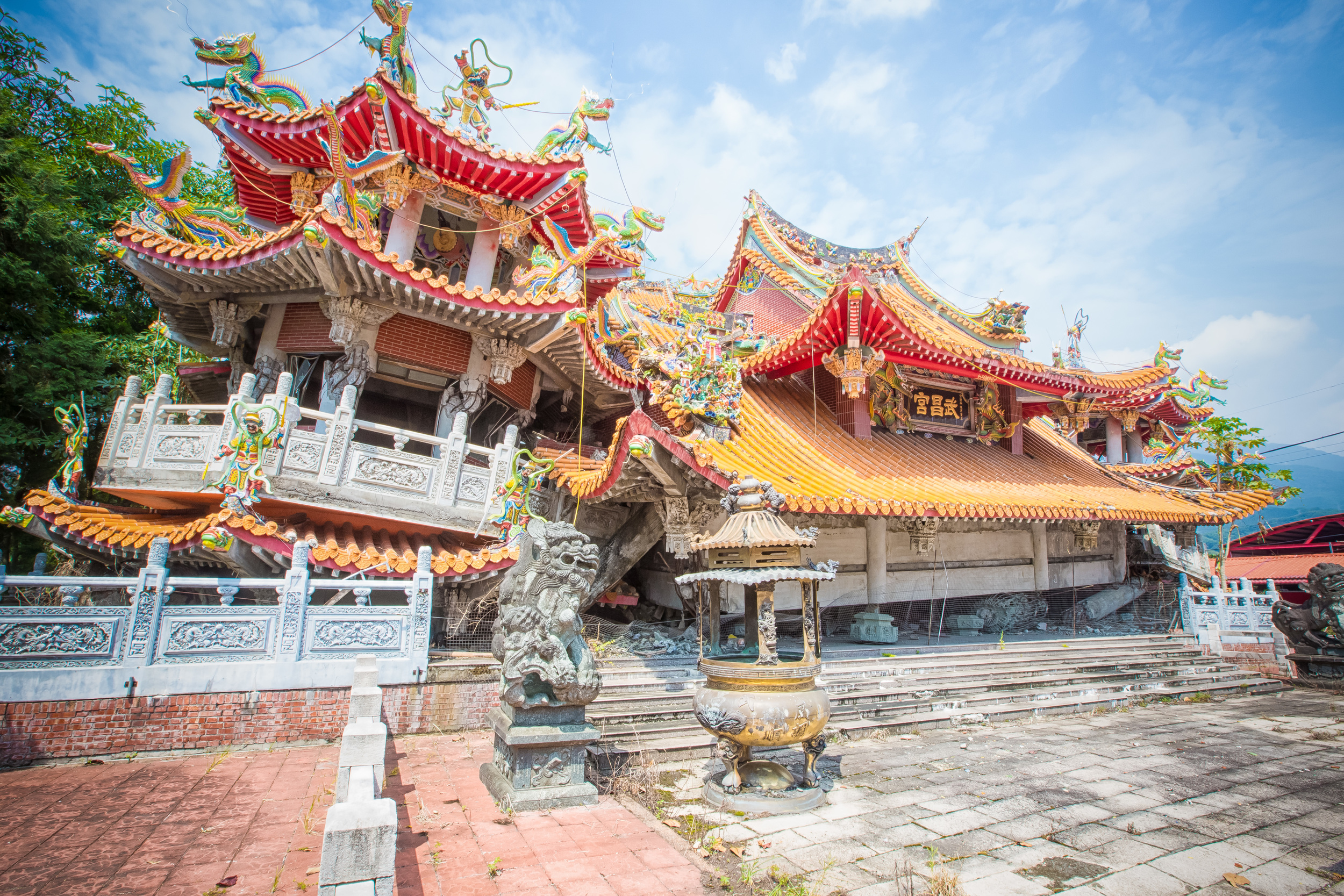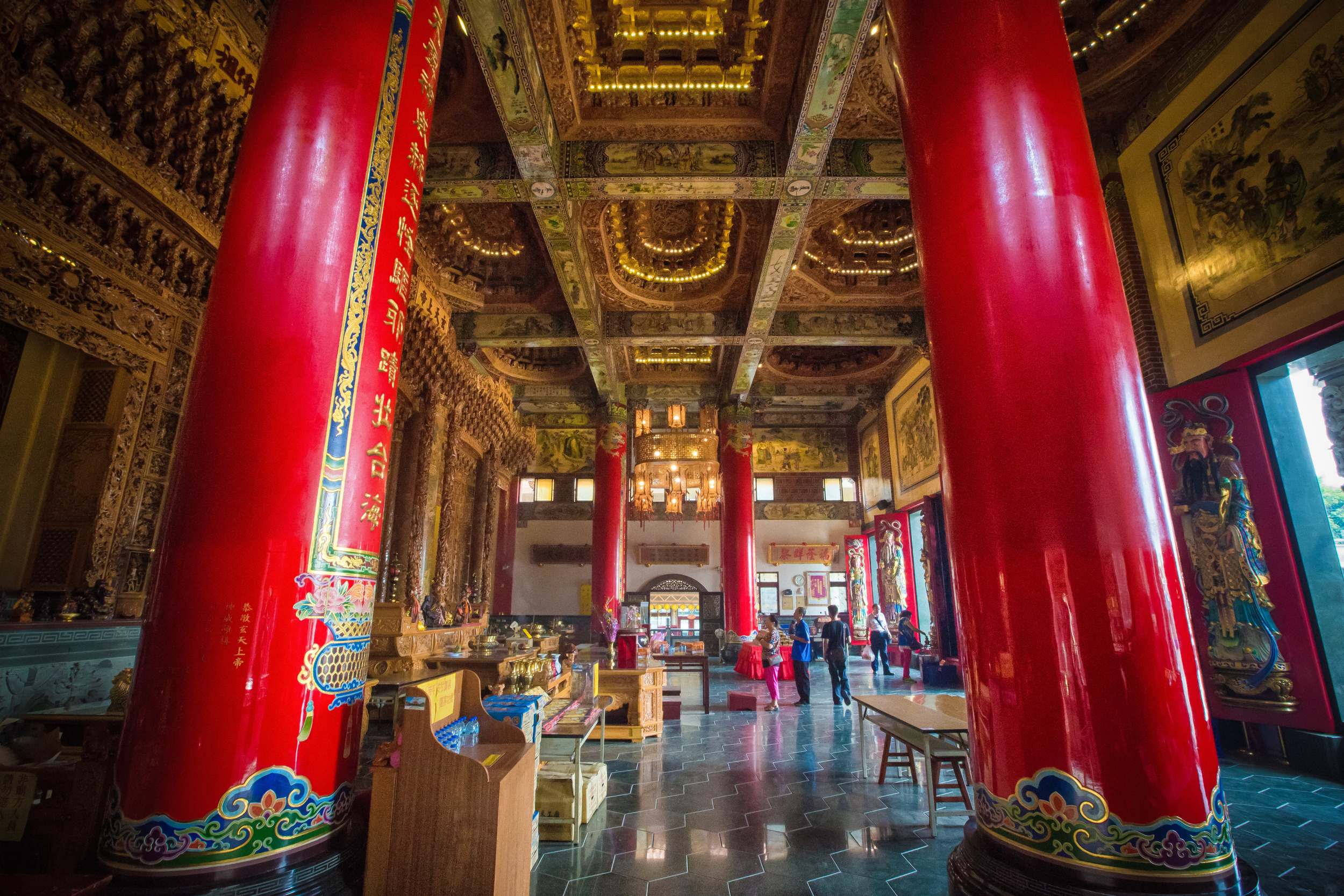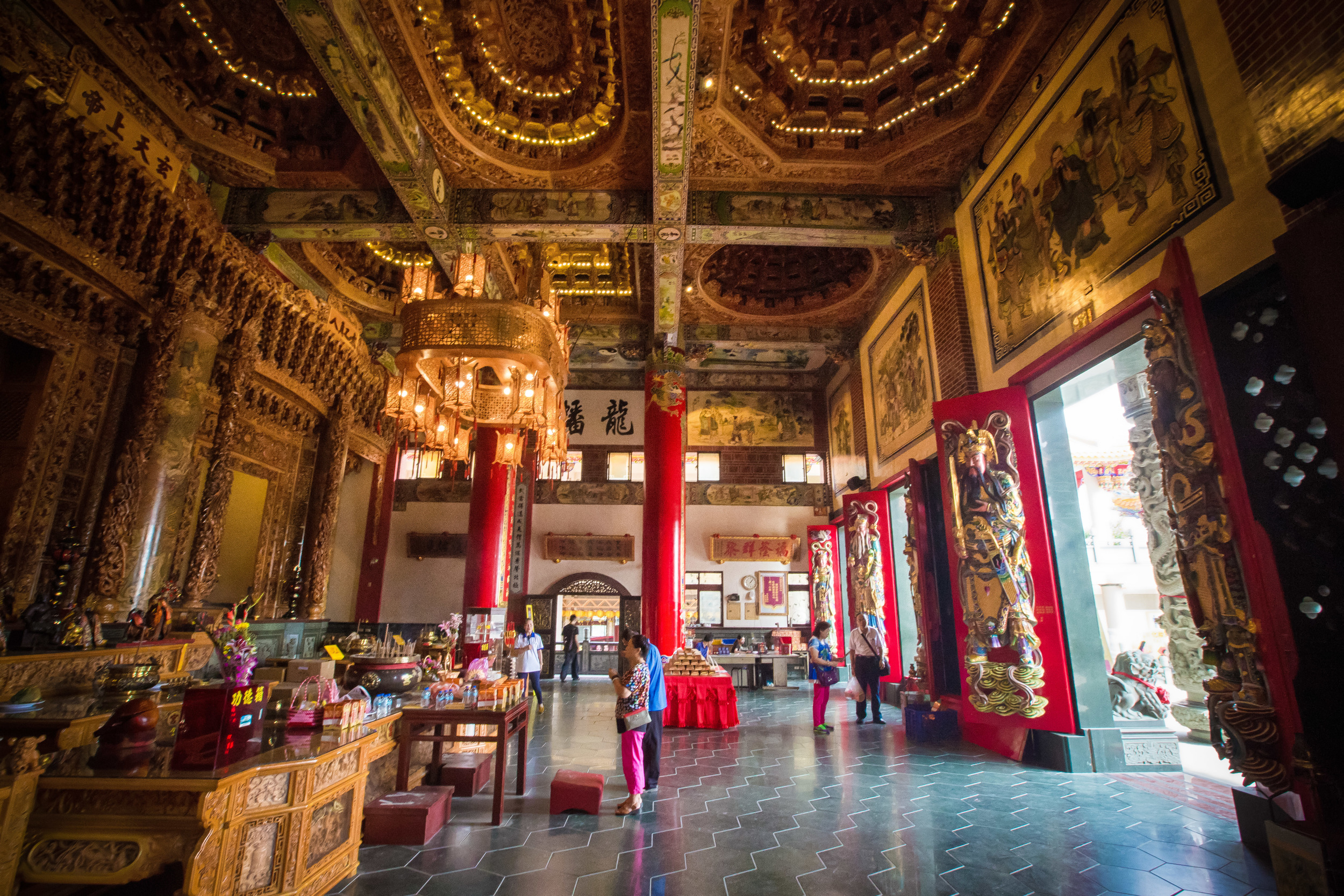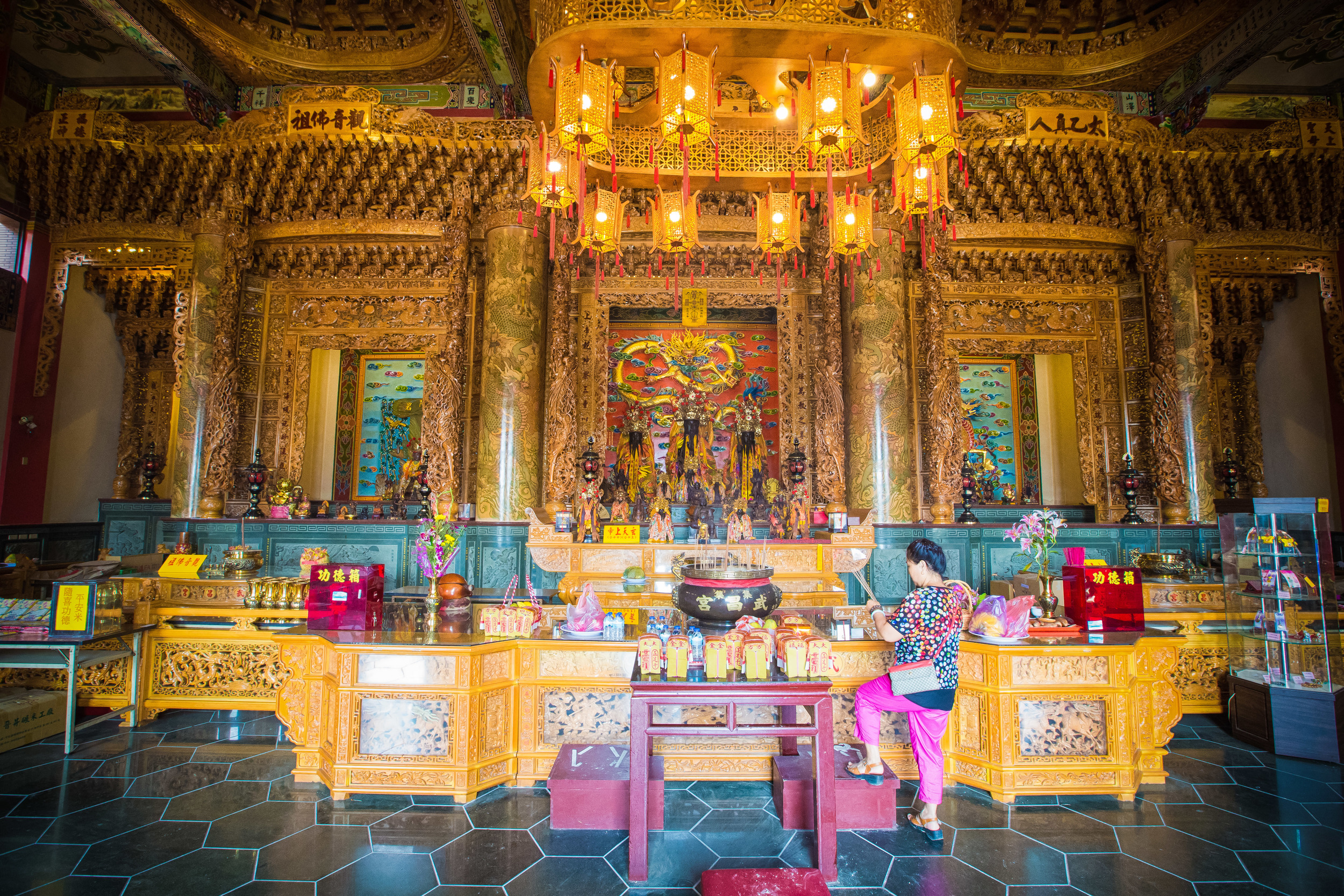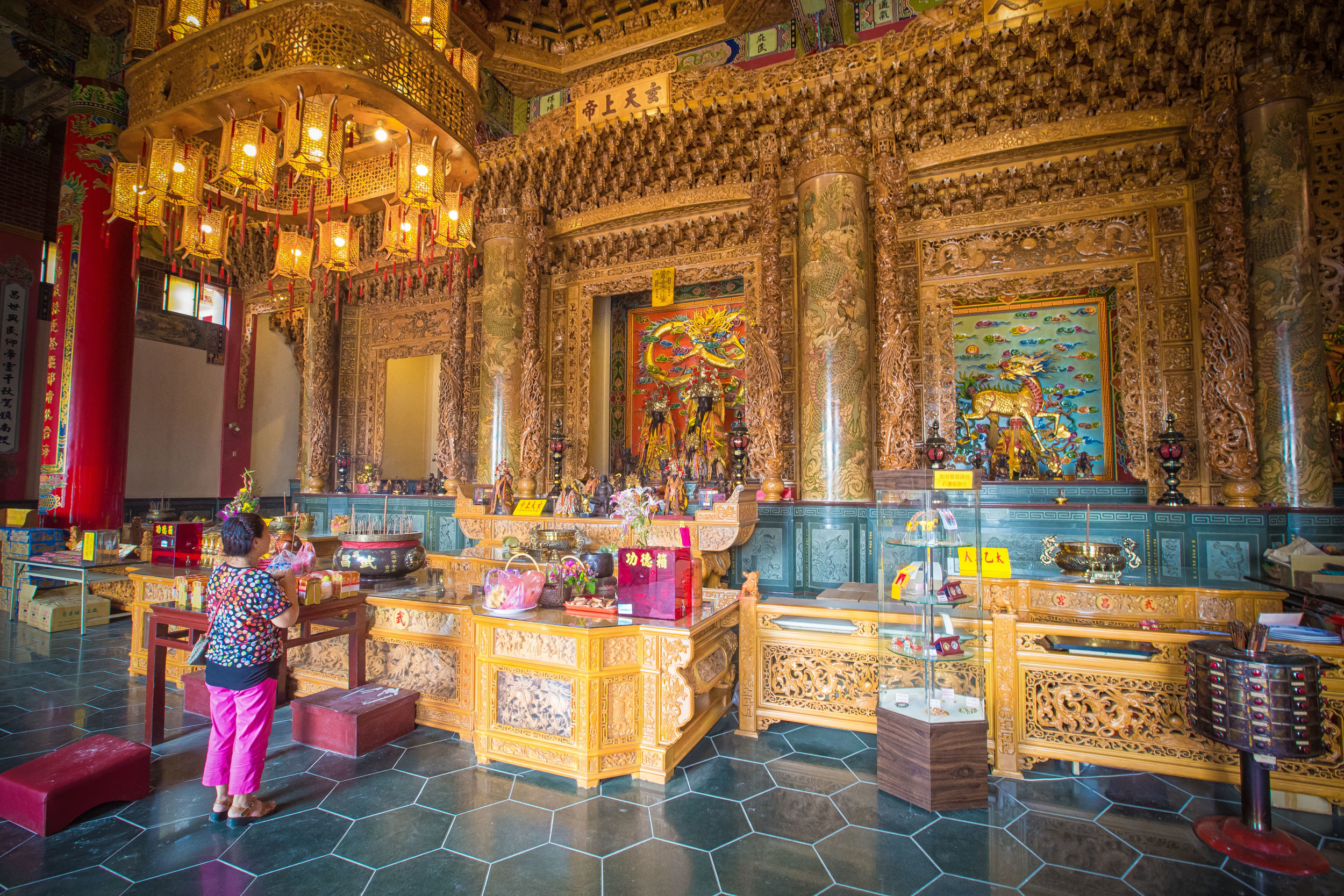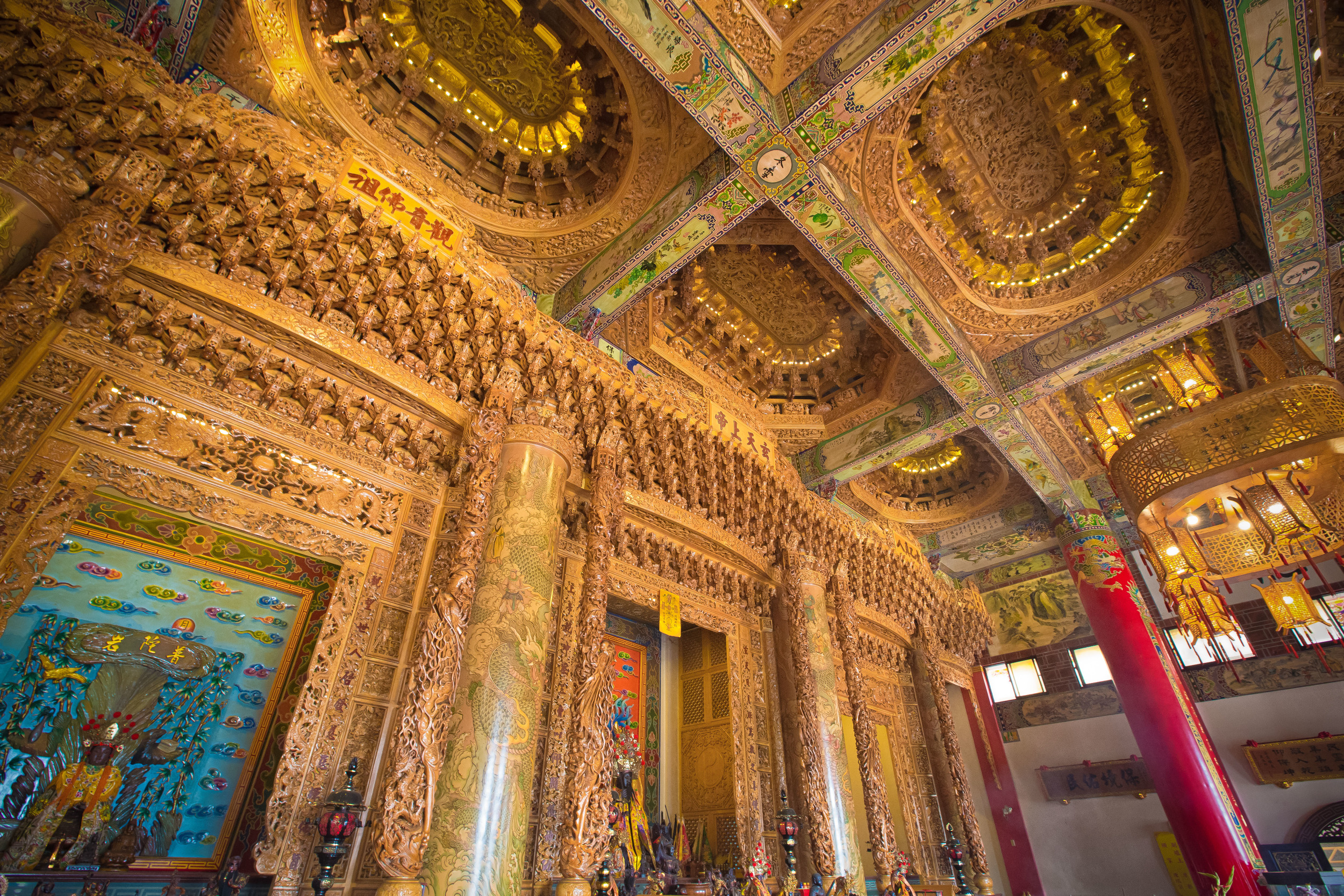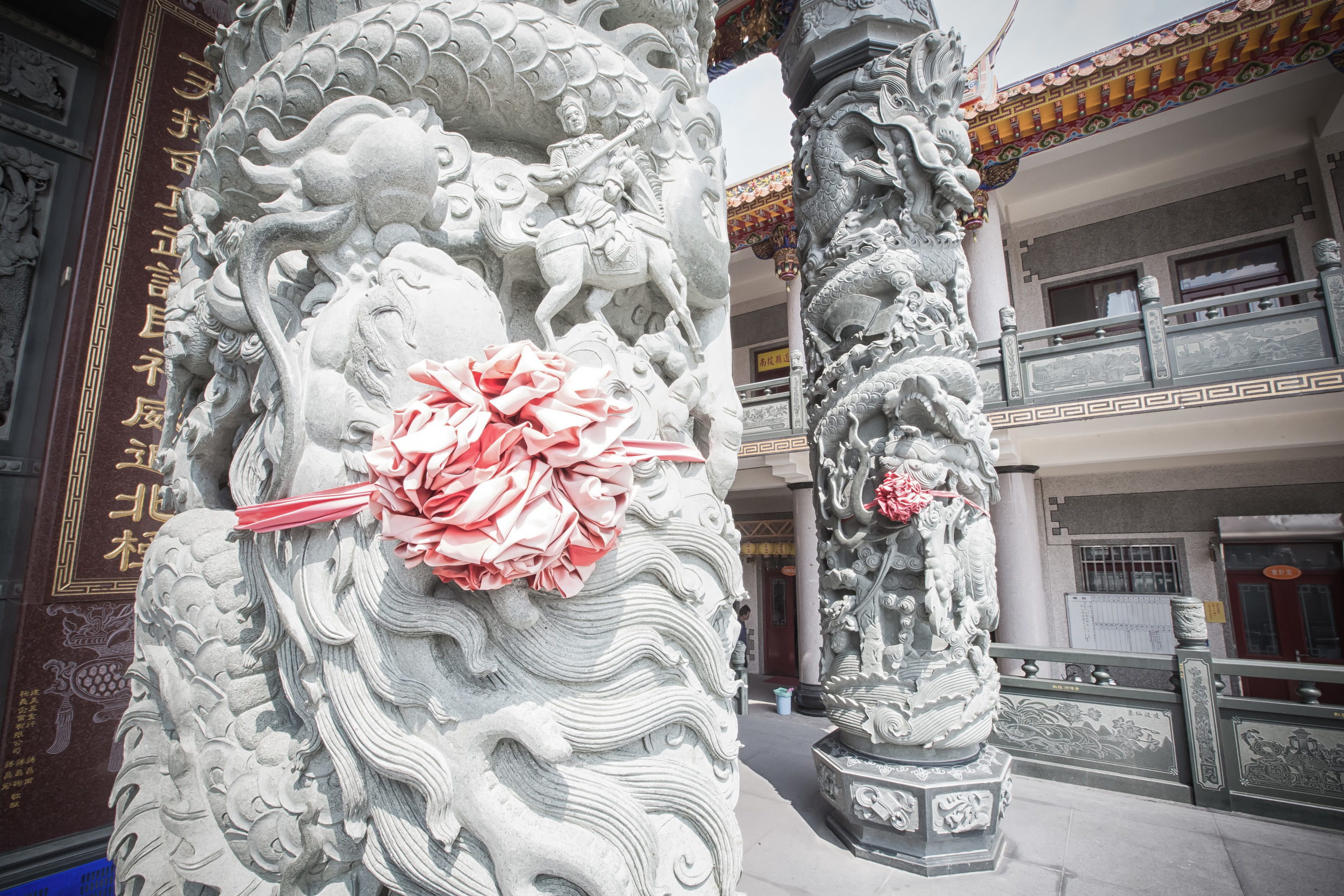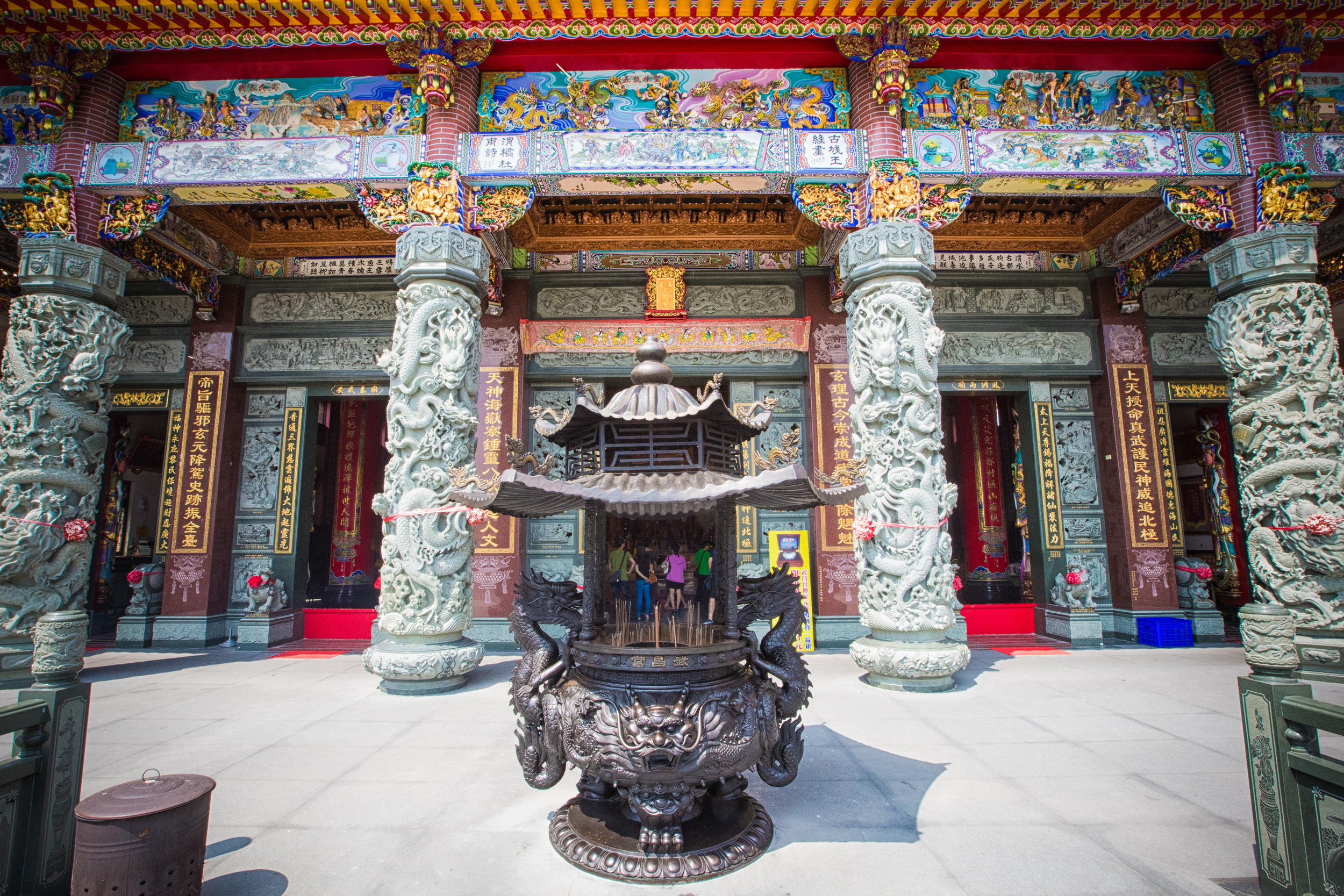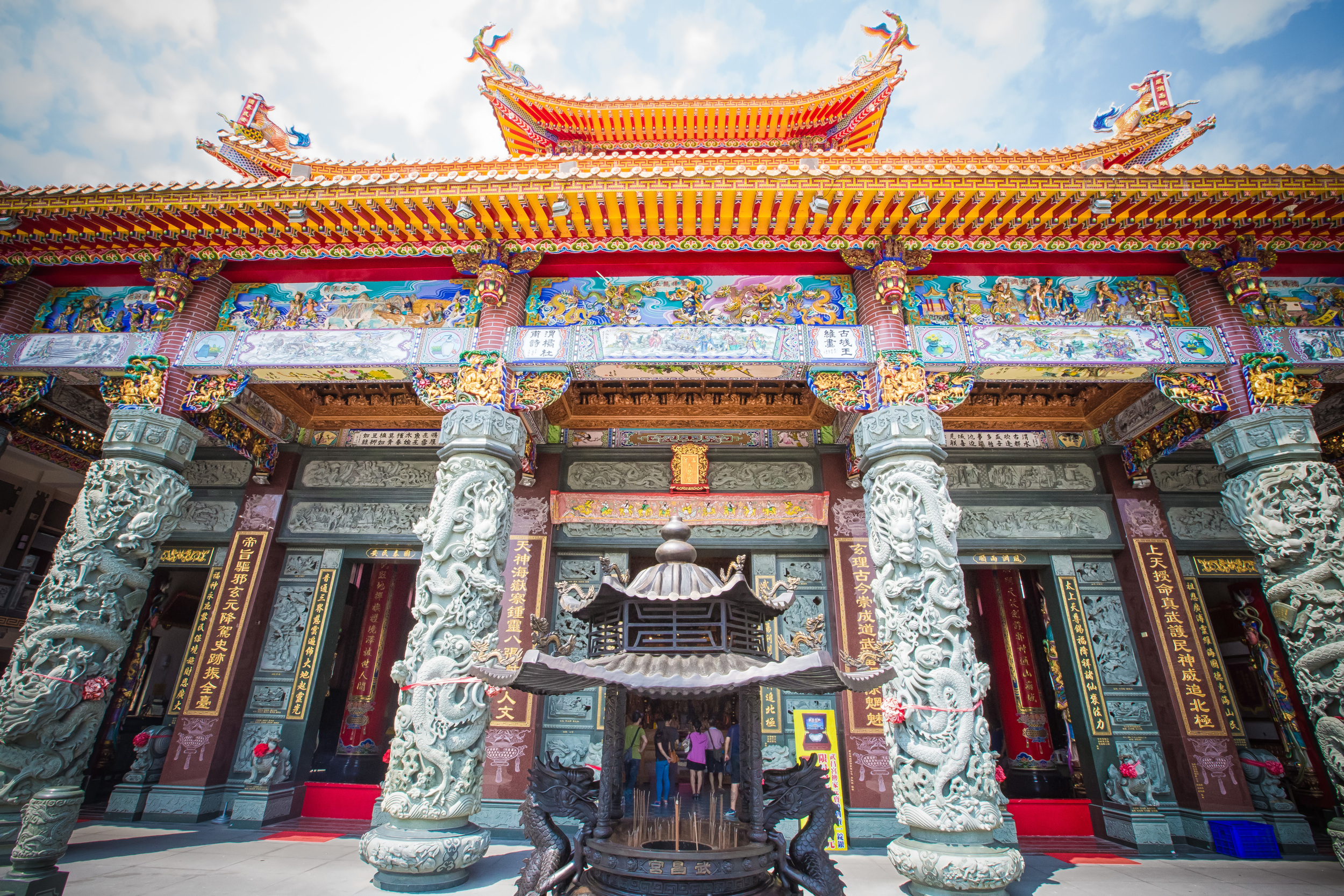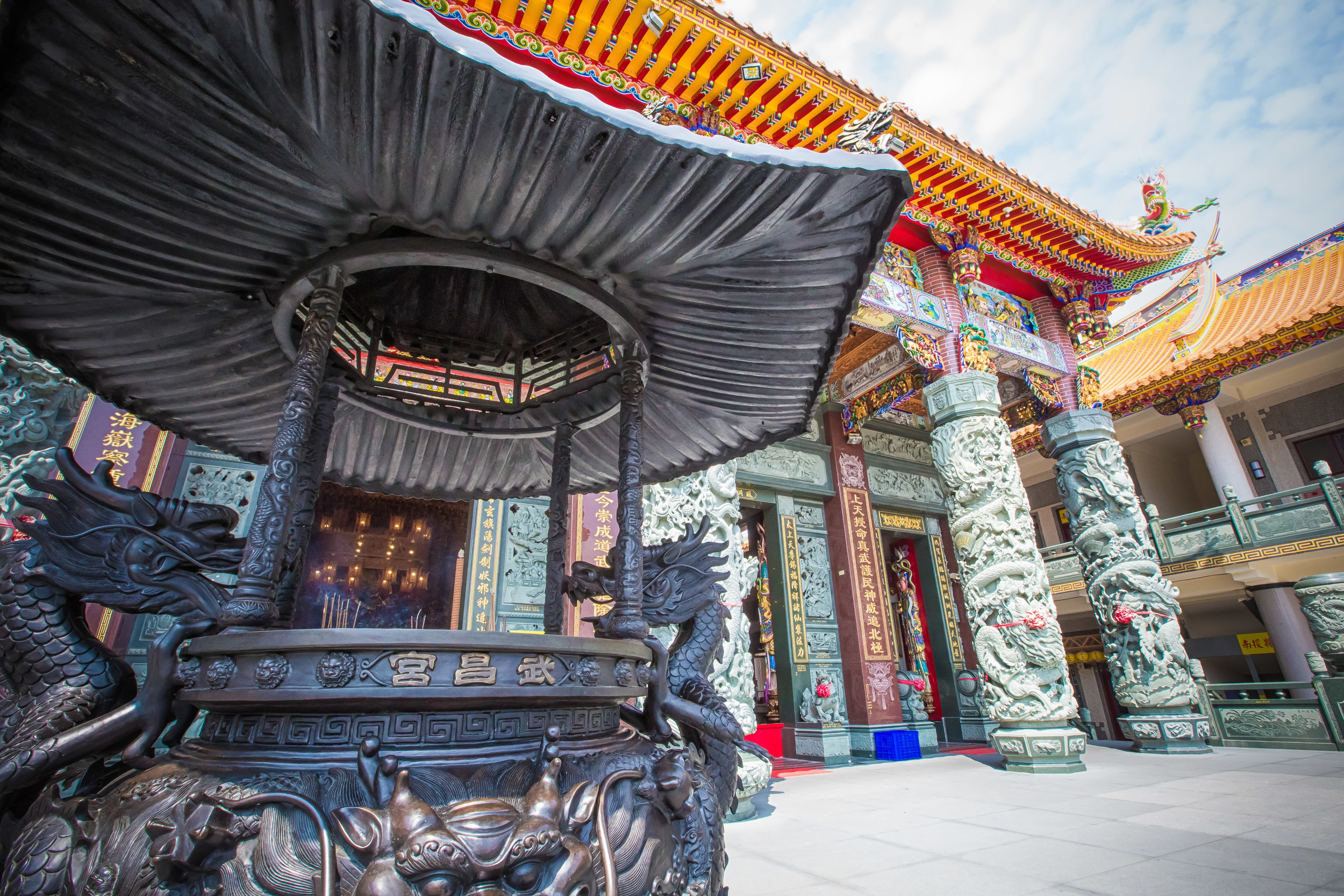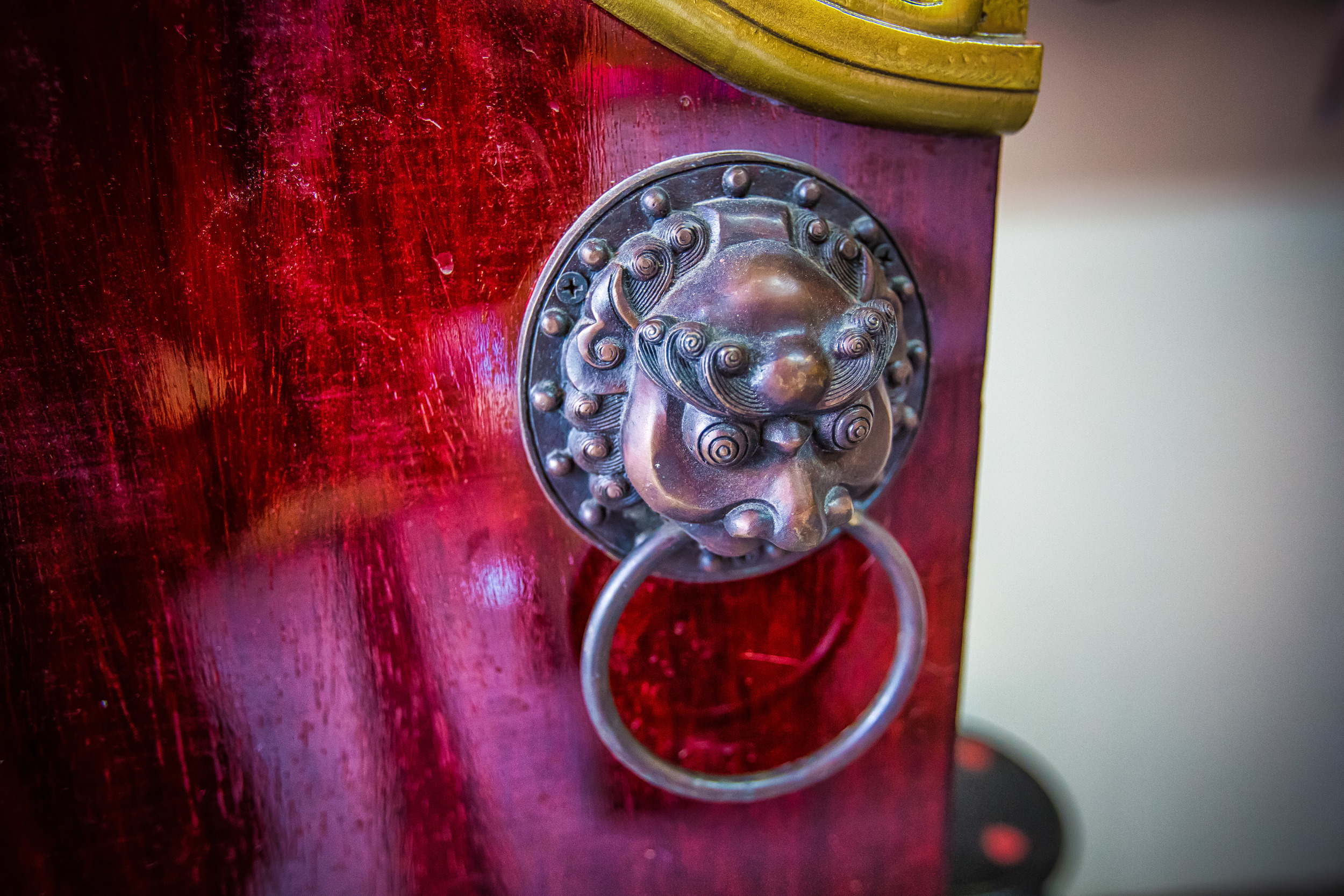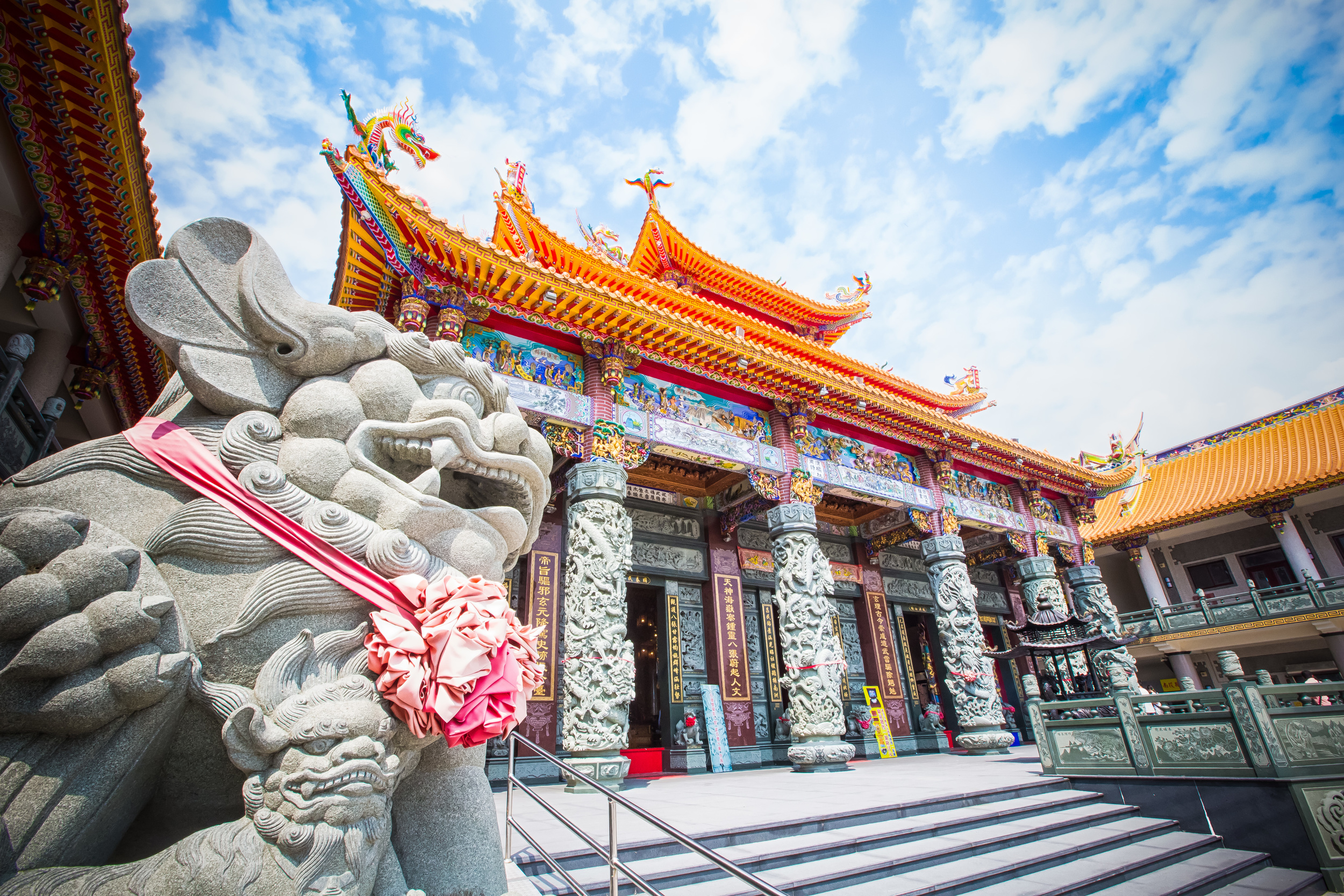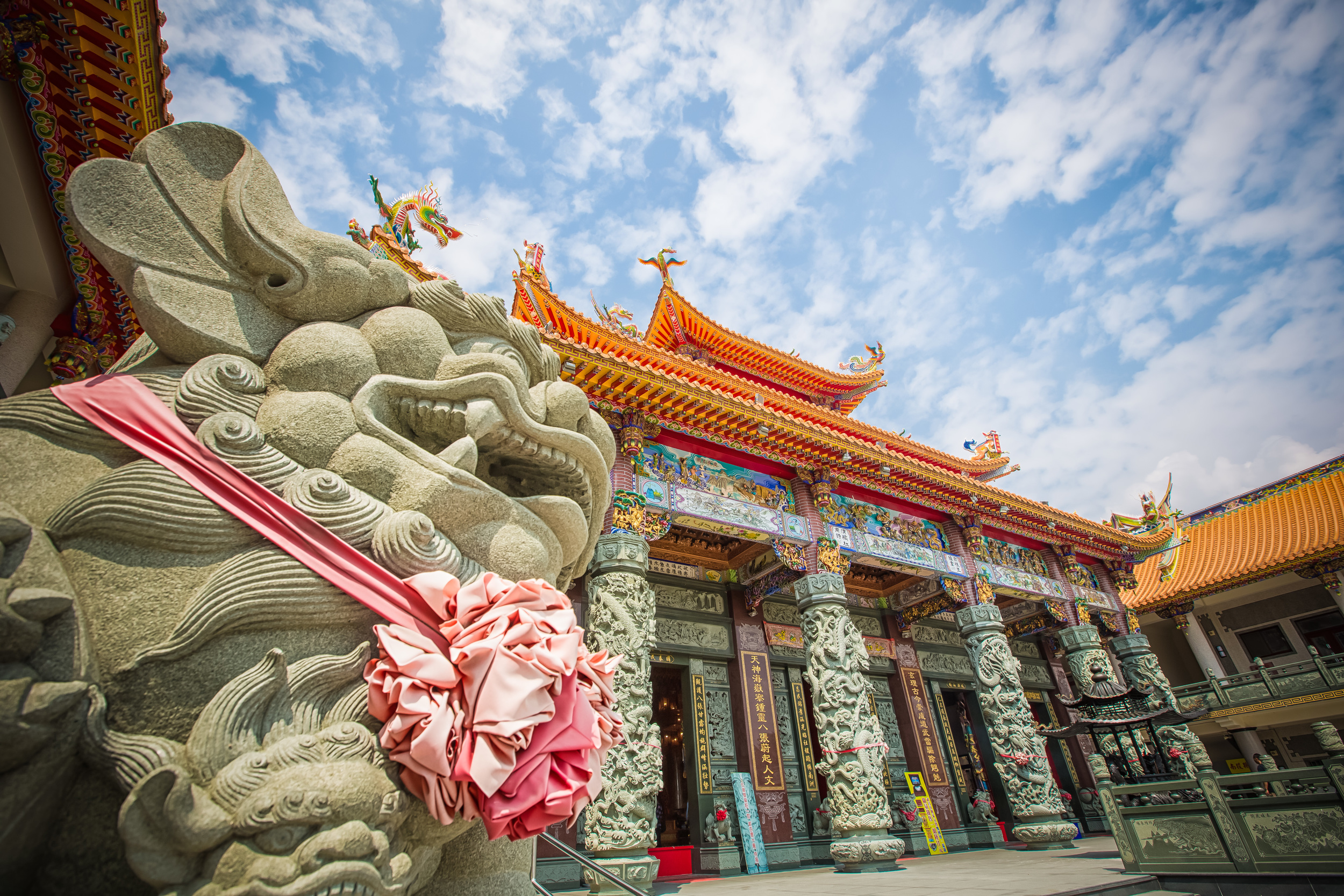One of the clearest indications that spring has arrived in Taiwan is when the cherry blossoms start to bloom throughout the country. It’s one of those things that you can’t miss as the trees in cities large and small start to turn pink. It would be an understatement to say that the people of Taiwan have a tremendous amount of respect for the natural environment, but when it comes to cherry blossoms, viewing them is an important part of many, if not most families social calendars.
The blossoms which are also referred to as "sakura" grow in the early months of the year when the Taiwanese winter is coming to an end and the weather starts to get better after a few months of rain. The blooming season also just so happens to take place near the conclusion of the all-important Lunar New Year (農曆新年) celebrations, when many families have a long winter vacation and are able to travel freely.
Taiwan is a fertile land with fruit, flowers and vegetables growing all over the place and when there are flowers to be seen, you can be sure to see crowds of people enjoying the beauty of nature and practicing the age-old tradition known in Japan as "Hanami" (花見) or “flower-viewing”.
Considered to be a cultural remnant from the Japanese Colonial Era, the people of Taiwan take their flowers very seriously and these days wherever you go you’ll be sure to find advertisements the various flower-related festivals held throughout the year.
You might be thinking that these festivals probably only appeal to a bunch of senior citizens with too much time on their hands, but you’d be wrong - Hanami is a serious thing and you’ll see people of all ages traveling to enjoy the natural beauty that this country has to offer. Flower viewing is often a family affair, but it is also a romantic one, so you’ll often see families as well as young couples enjoying the experience.
And there is no better experience than cherry blossom season, so for the few few months of the year when the blossoms are in bloom, the country turns a beautiful shade of pink and in the areas where they grow in abundance, you’ll also find large crowds rushing to see them.
One of the things I've come to realize in the years since opening this site is that there are very few English-language resources or information available about the cherry blossom blooming season. Some of my most popular blog posts (and the ones that generate the most comments or emails) are those about cherry-blossoms.
People travelling to Taiwan and expats living here want to know where to find them and unfortunately that information is often lacking. So, what I’m going to attempt to do with this post is explain a few of the most common varieties of cherry blossom in Taiwan, provide a list of the most popular places to see them and also provide a map that I’ve compiled of other places where you can find them.
I hope that this short guide helps out and that you can find the location most suitable for you to view these beautiful blossoms.
Cherry Blossoms (櫻花)
Taiwan is home to around two dozen different species of cherry blossom and while some of them appear similar to those in Japan, the majority of them can only be found in Taiwan, which makes the blossom-viewing experience here an especially unique one. The most common species of blossom is the dark-pink Taiwanese Mountain Sakura which can be seen all around the country. There are however several other species that only grow in specific locations and in high elevations, so if you want to check them out, you’ll have to head to the mountains to see them.
An important note when it comes to Taiwan’s cherry blossoms is that most of them are the result of hybridization, which means that the species have been mixed together to create something new.
Link: A Beginners Guide to Cherry Blossoms - Cherry Tree Varieties
With almost two dozen species of cherry blossom in Taiwan, how are you to differentiate between what you’re seeing? Take it from me, I’m no expert, I’ve put a lot of research into Taiwan’s blossoms, but no matter how much I read about them, they all look relatively similar.
And hey, Taiwan is also home to Plum Blossoms (梅花), Peach Blossoms (桃花) and Tung Blossoms (桐花), which probably only help to exacerbate your confusion.
There are some characteristics that can help even beginners differentiate the various blossoms that you’ll find.
Number of Petals
One of the easiest ways to figure out what you’re looking at is to count the number of petals on the blossom. The majority of Taiwan’s cherry blossoms have five petals, but there are others like the Double-Layered Cherry (八重櫻) that can have anywhere between ten or twenty petals.
Colour of the Blossom
The most common cherry blossom in Taiwan is the Taiwan Mountain Cherry, which has dark-pink petals. The most popular blossoms however are light-pink, white or red. The colour of the petals however can sometimes be quite similar, so you’ll also have to pay attention to the stems inside which have their own distinct colours.
Blooming Period
Taiwan’s various species of cherry blossoms bloom anywhere between January and April and one of the easiest ways to figure out what you’re looking at is by knowing the blooming time for the area you’re visiting. For example, when I visited the Loving Farm (恩愛農場) in Taoyuan, I knew that the Fuji Cherry bloomed in late February while the Japanese Alpine Cherry (千島櫻) grew sometime in March. Despite the fact that they both have five petals and the colour of their petals are similar, I knew that I was looking at Fuji Cherries because of the time I was there.
Even though the links below are in Chinese, they should help differentiate Taiwan’s various species:
Taiwan’s Cherry Blossom Varieties
Taiwanese Mountain Cherry (台灣山櫻花) - Late-January - February
Formosan Cherry (福爾摩沙櫻) - Late-January to February
Taiwan Cherry (緋寒櫻) - Late-January to February
Double-layered Cherry (八重櫻) - Mid-February - March
Peony Cherry (牡丹櫻) - Late-March - Early-April
Showa Cherry (昭和櫻) - February - March
Pink Lady Cherry (紅粉佳人) - Mid-February - Late-February
Wusheh Cherry (霧社櫻) - Mid-March - April
Taiping Cherry (太平山櫻) - Mid-March - April
Japanese Alpine Cherry (千島櫻) - March - April
Oshima Cherry (大島櫻) - Late -March - April
Takasago Cherry (高砂櫻) - Late-March - April
Yoshino Cherry (吉野櫻) - Mid-March - April
White Yoshino Cherry (白色吉野櫻) - March - April
Kawazu Cherry (普賢象櫻) - Late-March to Mid-April
Fuji Cherry (富士櫻) - Mid-February to Mid-March.
Taiwan’s Most Common Cherry Blossoms
In this section, I’m going to introduce some of the most common varieties of cherry blossoms in Taiwan.
I’ll also continue to update this section as I get more photos in the future.
1. Taiwanese Cherry / Kanhizakura (臺灣山櫻花)
The indigenous Taiwanese Mountain Sakura are the most common type of cherry blossom in Taiwan.
The flowers are a dark shade of pink and when you are in an area where there are quite a few trees, it can be one of the most beautiful experiences of your life. Unfortunately even though these cherry blossoms are beautiful, they are viewed as less important by most local people than some of the other varieties.
These trees grow all over the country but the most common places to find them are on Alishan (阿里山), Yangmingshan (陽明山), Dakeng (大坑) and Zhongli's Ju-Guang Park (中壢莒光公園)
Blooming Period: Late January to March.
2. Yoshino Cherry (吉野櫻)
The Yoshino Cherry is probably the most popular of all the Sakura in Taiwan due to the fact that it is considered the most "Japanese". These trees with their beautiful light-pink blossoms are not endemic to Taiwan and were brought here during the Japanese colonial era from Mount Yoshinoyama (吉野山) in Japan's Nara Prefecture (奈良市). As Japan's most popular cherry blossom a lot of people in Taiwan will plan their yearly schedules around the blossoming season to take a trip to Japan to see them. You don't have to take a trip to Japan to see these flowers though, they grow in abundance in several places around the country.
The most common places to find Yoshino Cherries are on Alishan (阿里山), Wuling Farm (武陵農場), Aowanda (奧萬大), the Formosan Culture Village (九族文化村) and at Danshui's Tian-Yuan Temple (天元宮)
Blooming Period: Mid-March to Late-April.
3. Double-Layer Cherry / Yaezakura (八重櫻 / やえざくら)
Double-Layer Cherry go by a few names but they are common in both Taiwan and Japan. We can refer to them as 'Double-Layer Cherry', 'Yaezakura' or 'Late-Blooming Cherry'. The Double-Layer Cherry is a multi-layered cherry blossom and is a blanket term that defines several different species of cherry blossom that have more than 5 petals. The varieties of Sakura in this type vary in colour ranging from light to dark pink and are often hard to identify individually unless you're an expert. In Taiwan people refer to them simply as the "eight variety cherry" (八重櫻) which helps solve some of the confusion as to what they actually are.
The most common places to find these types of blossoms growing in abundance are on Yangmingshan (陽明山) and Alishan (阿里山) while they can be found on many smaller mountains throughout northern Taiwan.
Blooming Period: February - March.
4. Fuji Cherry (富士櫻)
The Fuji Cherry is another of Taiwan’s most popular species of cherry blossom - A hybrid of the Taiwanese Cherry (台灣山櫻花) and the Japanese Yamazakura (山櫻花). As a hybrid species, the blossoms take on aspects of both the Taiwanese and Japanese cherries with the shape of the petals being similar to that of the Japanese cherry, with each blossom having five petals and are a light red or pink. The blossoms are usually clustered together in bunches and face down.
The best places to see Fuji Cherry Blossoms is at Taoyuan’s Lala Mountain (拉拉山), Nantou’s Formosan Aboriginal Culture Village (九族文化村) and Qingjing Farm (清境農場).
Blooming Period: Late-February - March
Where to find Cherry Blossoms in Taiwan
Between February and March, it shouldn’t be too difficult to find cherry blossoms growing around Taiwan.
If you’re like a lot of people though and you want to make the special effort to visit a pink-sakura forest, there are some places that you should definitely keep in mind.
This is the most current version of the top fifteen popular cherry blossom viewing locations around the country, with an estimation of when the blossoms will be in bloom in each area.
Each location can be found on the Cherry Blossom Map below represented by a heart, but you can also click on each of the links below to be taken to a Google Map link.
Yangmingshan (陽明山), Taipei (Mid February - Mid March)
Lane 42, Pingjing Street (平菁街櫻花), Taipei (Mid January - Mid February)
Donghu Park (東湖樂活公園), Neihu (February - March)
Tian-Yuan Temple (天元宮), Danshui (February - March)
Jinguashi Museum (金瓜石博物館), Ruifang (March - April)
Xiong-Kong Sakura Forest (熊空櫻花林), Sanxia (January - April
Loving Farm (恩愛農場), Taoyuan (Late February - Mid March)
Wuling Farm (武陵農場), Taichung (February)
Dongshi Forest Garden (東勢林場), Taichung (February)
Tai-An Police Station (泰安派出所), Taichung (Late February - Mid March)
Fushou Mountain Farm (福壽山農場), Taichung (Mid Feb - April)
Formosa Aboriginal Culture Village (九族文化村), Nantou (February - March)
Aowanda Forest Recreation Area (奧萬大國家森林遊樂區), Nantou (Mid March - April)
Alishan (阿里山), Chiayi (December - April)
Taimali Green Mountain Farm (太麻里青山農場), Taidong (February - March)
Cherry Blossom Map (臺灣櫻花地圖)
This map is something that took quite a bit of time to create, so I hope it can help people find the best (and closest) locations for viewing Taiwan’s cherry blossoms so that you can have the best viewing experience.
You are welcome to use it for personal use or share it however you like.
If you are a media organization though, ask for permission.
All that I ask is that if you have any leads for locations that I haven’t added on the map, let me know so I can continue to update it for others!
On the map I’m simply providing the geographic location and the name in English and Chinese.
When I have more time I'll add a bit more information for travelers on how to get to each point, what blossoms you’ll find and when would be the best time to visit.
I hope what is available thus far is of use to you.
A few things to Keep in Mind
Cherry blossoms, while beautiful are extremely vulnerable to the weather.
Taiwan's winter's are often unpredictable and are known to be cold, rainy and windy. Weather conditions often affect the health and the amount of blossoms that are available.
A few locations like Danshui's Tian-Yuan Temple and Wuling Farm have websites that give the most recent information about the growth of the blossoms in their respective area.
Something else to take into consideration is that while the blossoming season is typically between March and April, Global Warming has affected the blossoming periods meaning that sometimes they appear a bit earlier. This means that if the blossoms appear earlier, they are also likely to disappear much more quickly.
If you are planning a trip to Taiwan to view the cherry blossoms, you should do a bit of research beforehand as you could end up a bit disappointed.
The cherry blossom season is one of the busiest flower-viewing seasons in Taiwan and is one that you won't want to miss if you're in the country.
I highly recommend a trip to any of the top spots listed above, but if you're shy and don’t like crowds, you can find some other great places to visit on the map I’ve provided.
As always, if you have any questions feel free to comment below and I'll get back to you as soon as I can!
Happy Sakura hunting!























